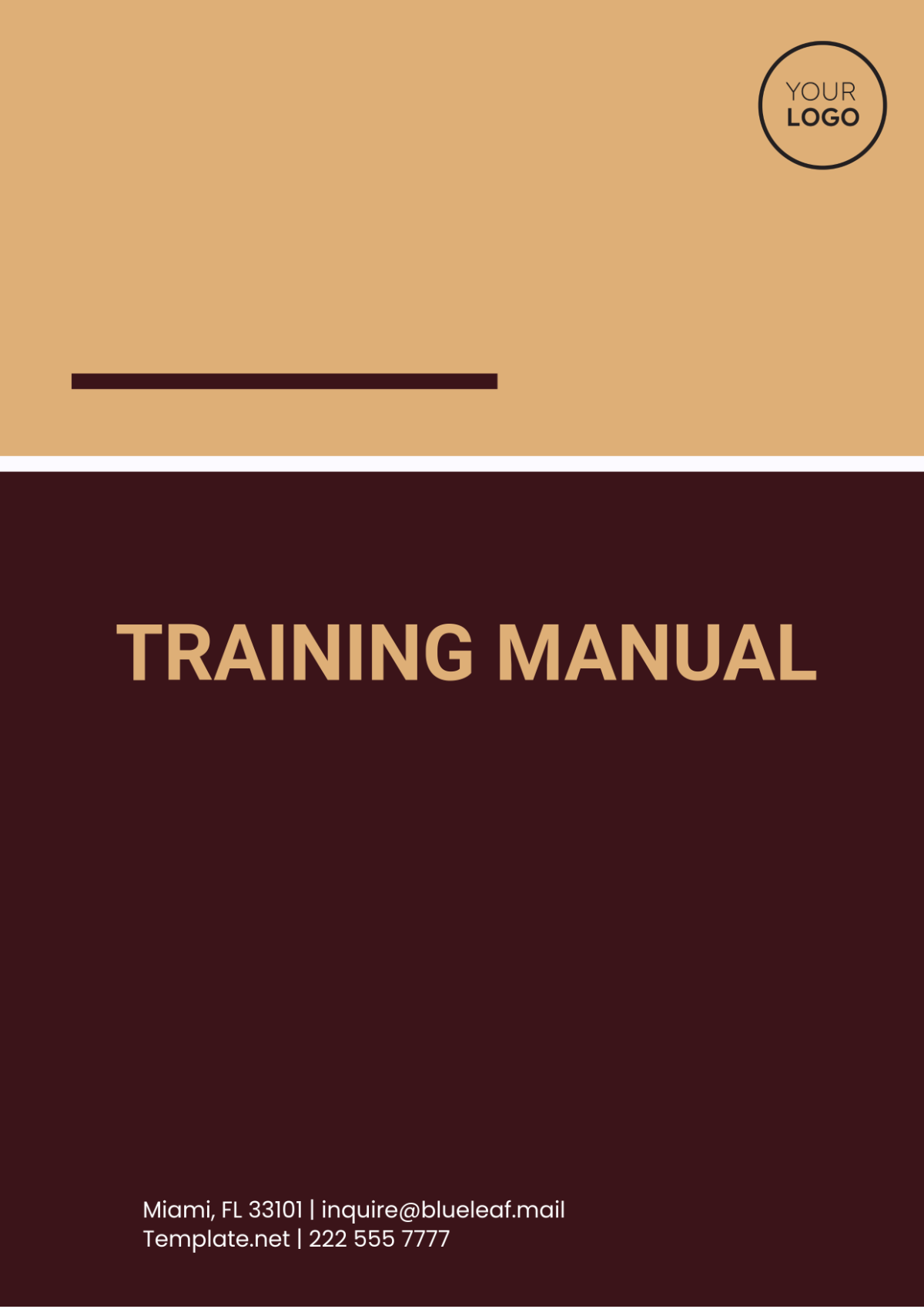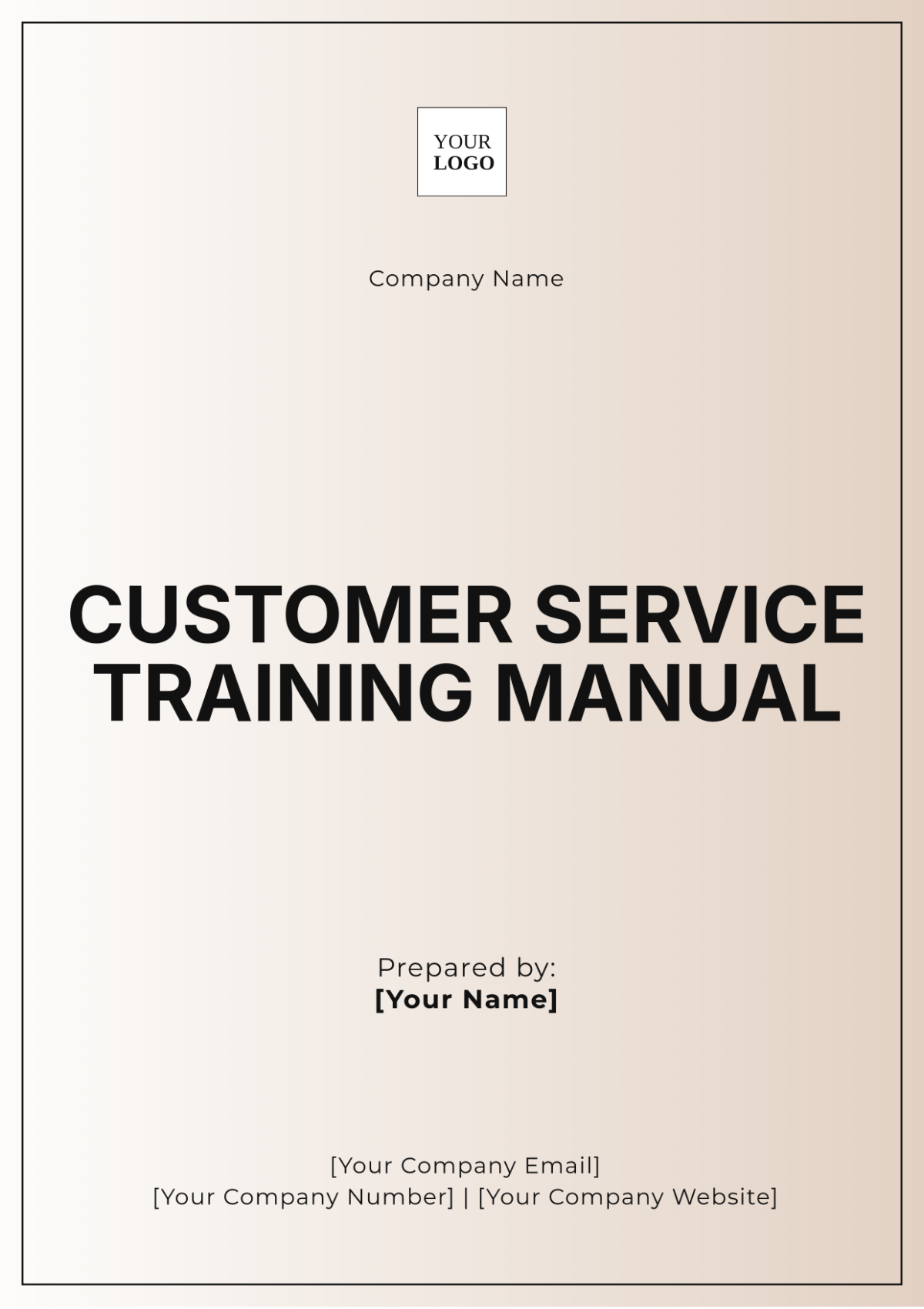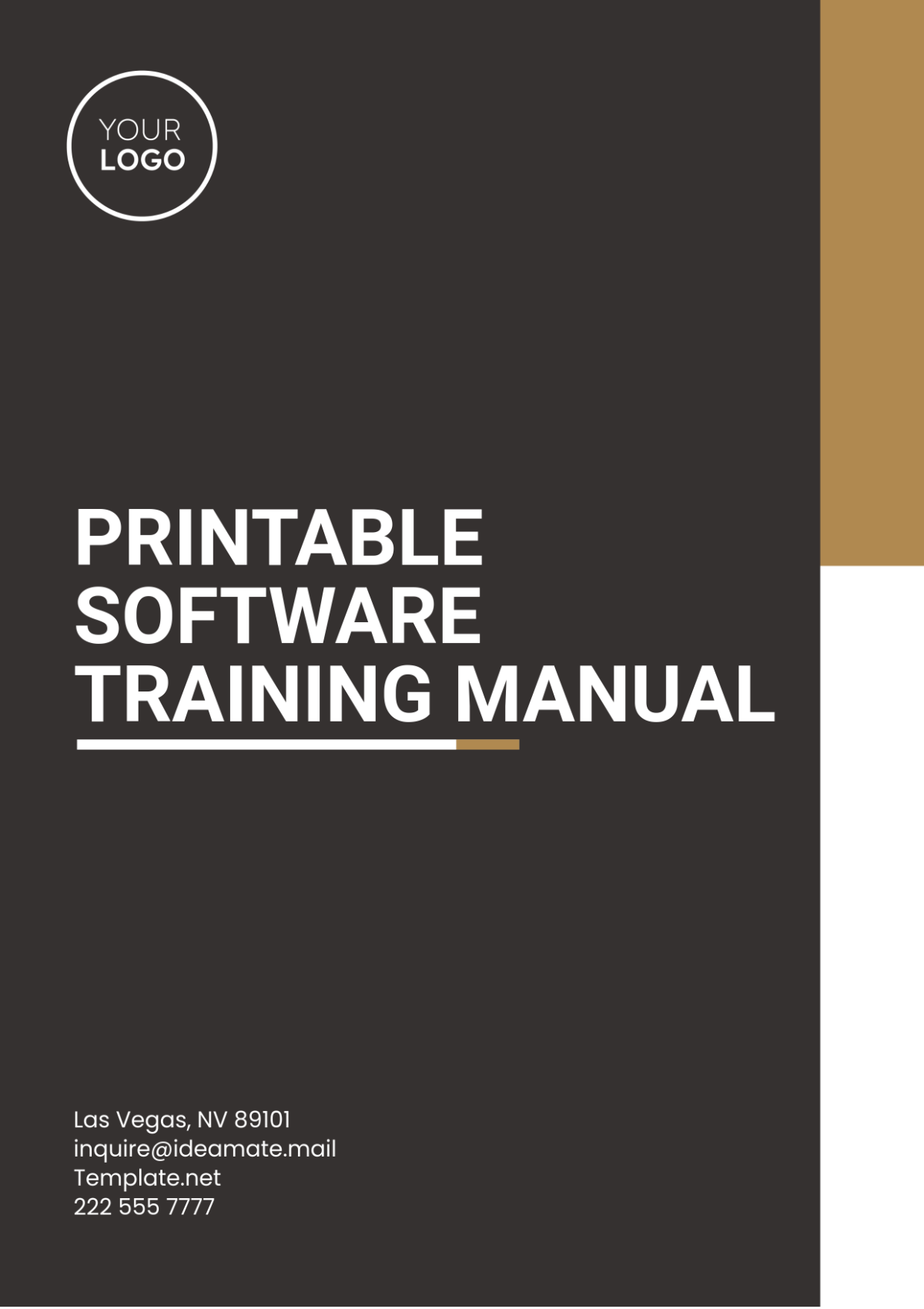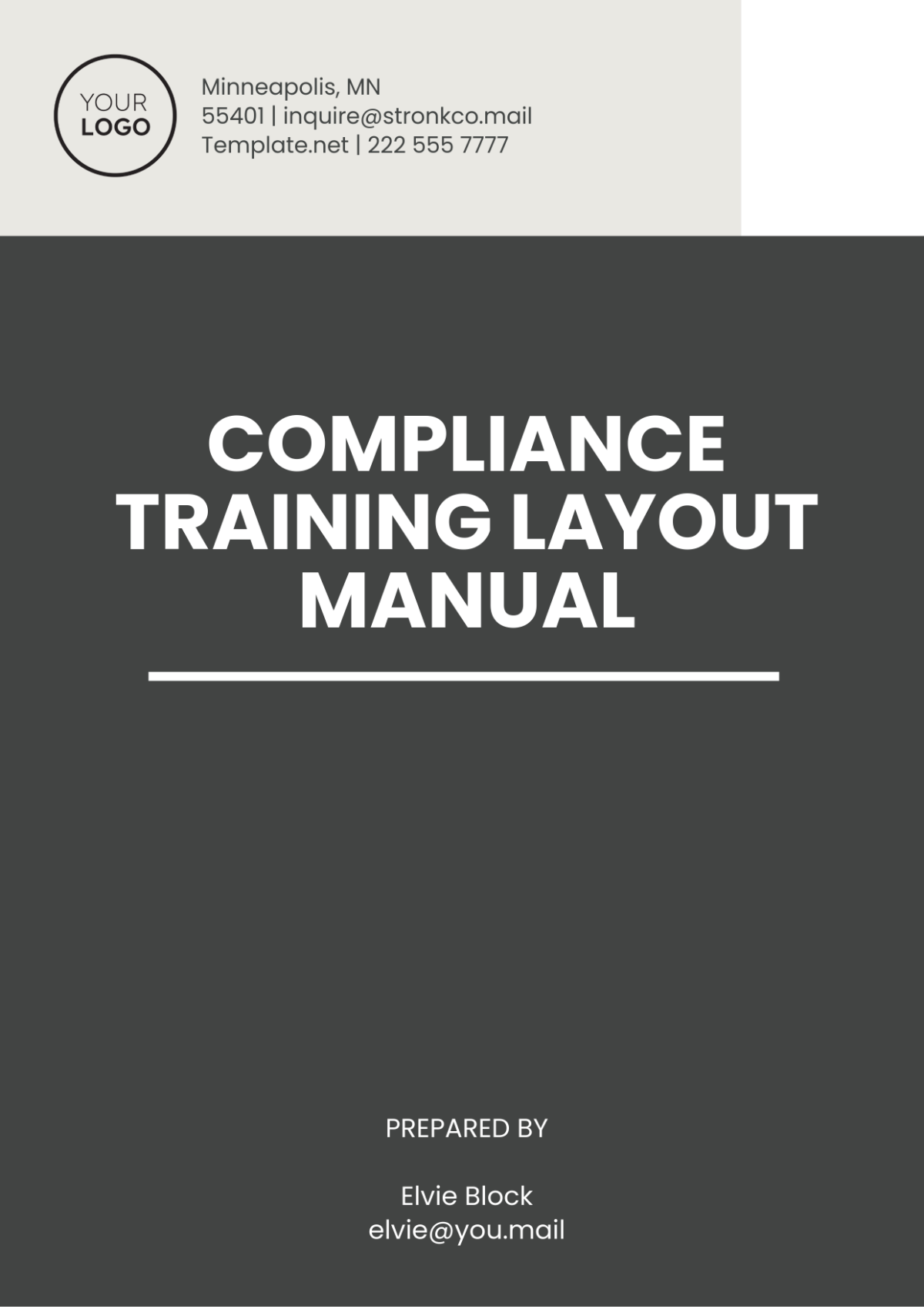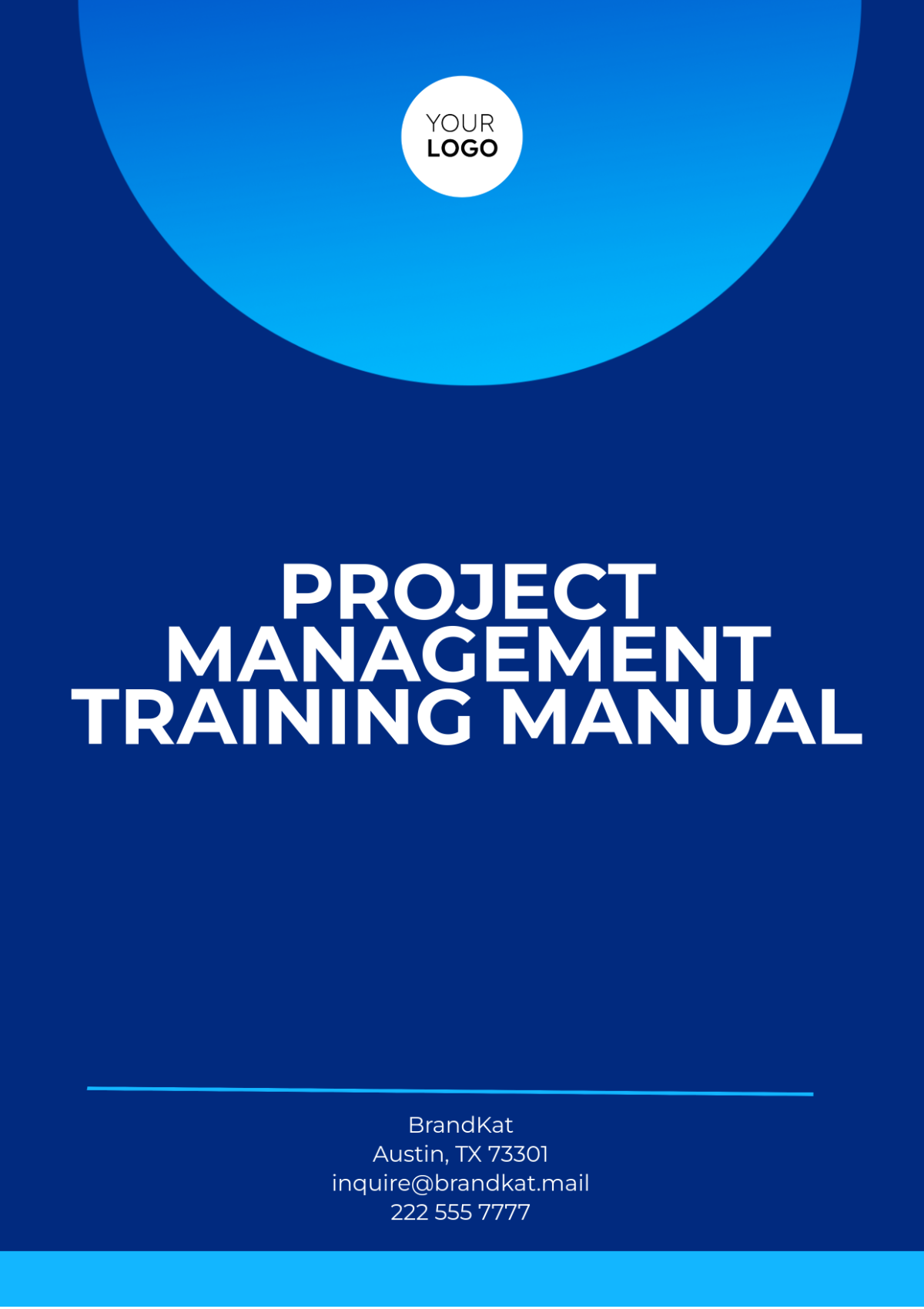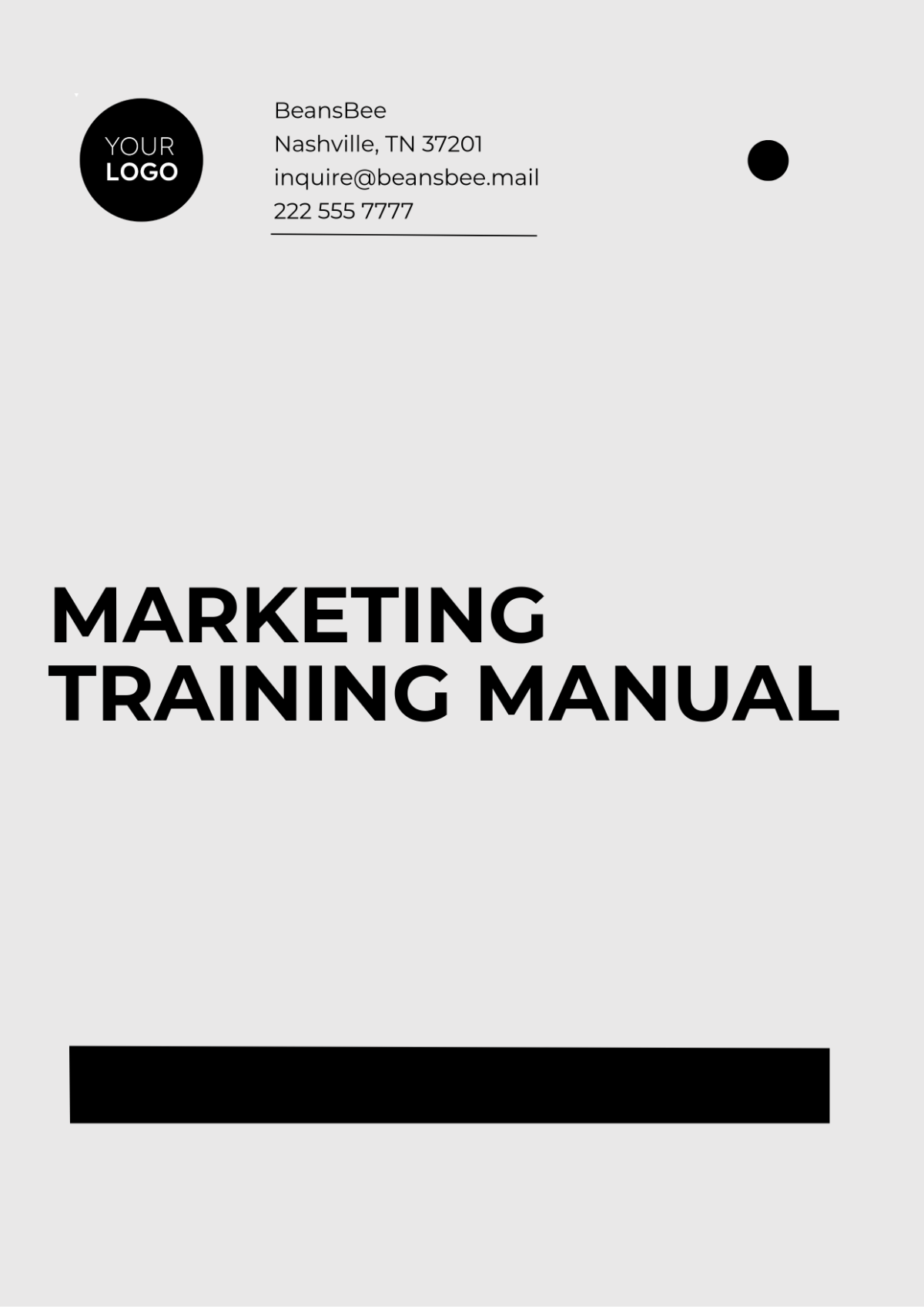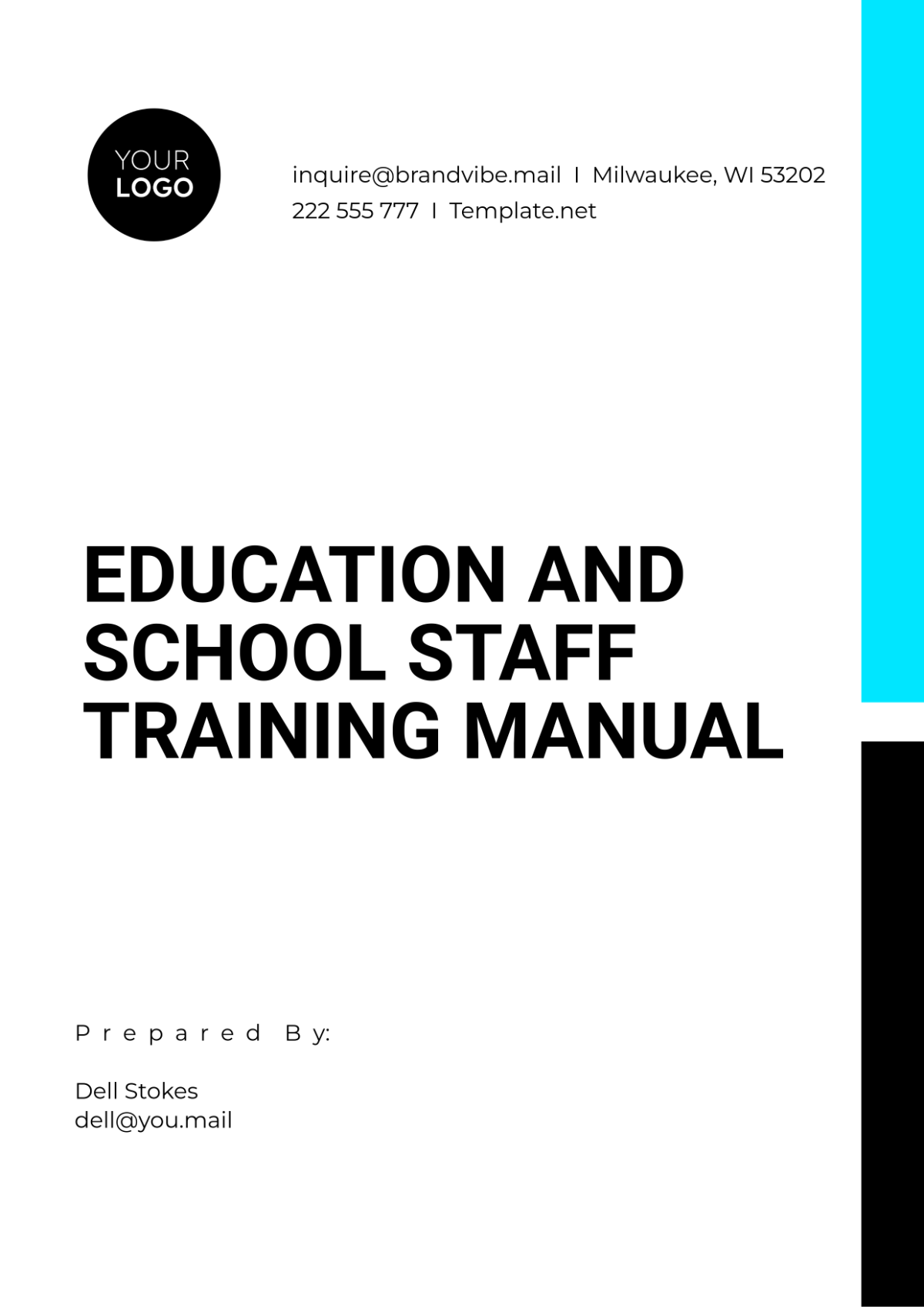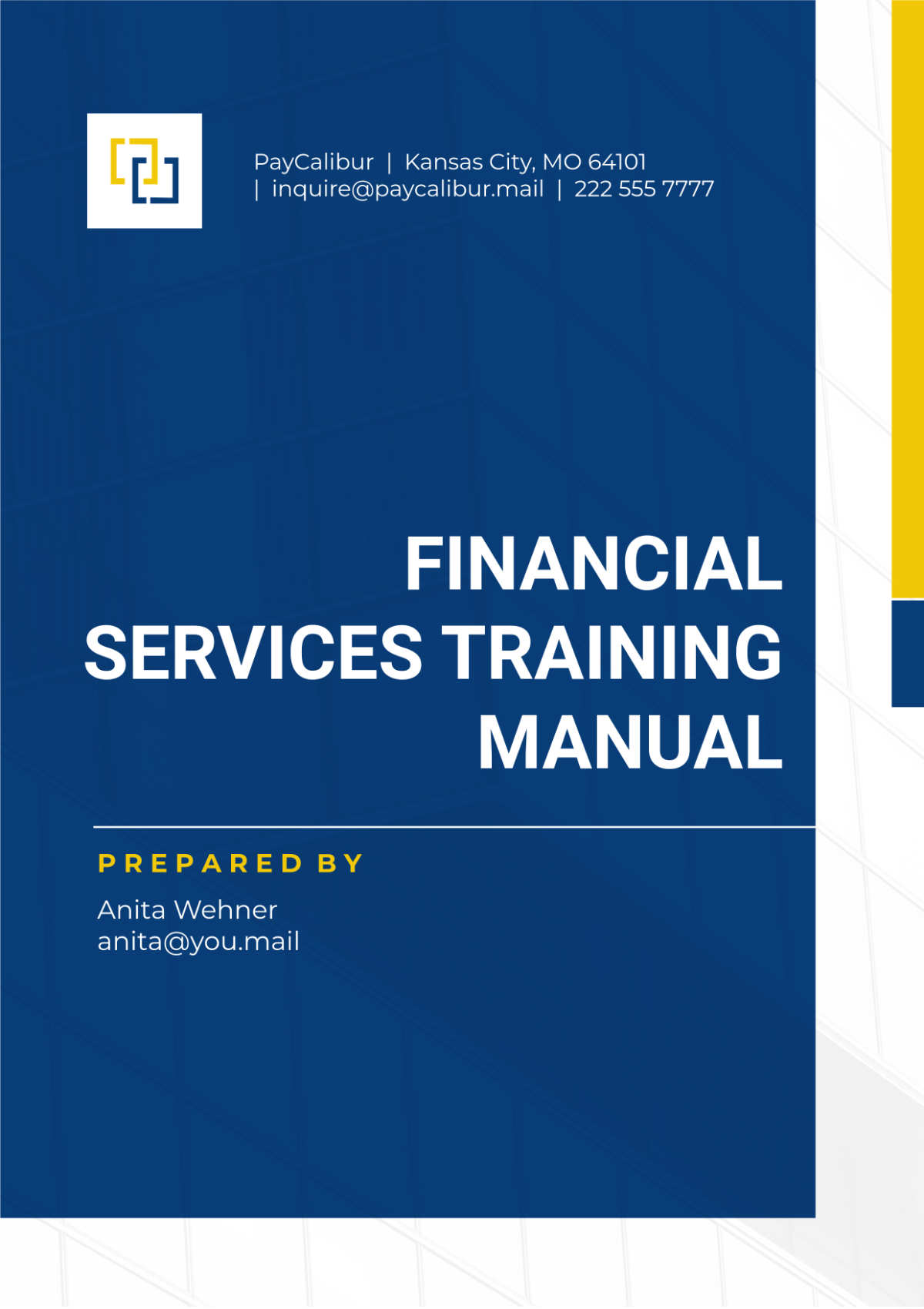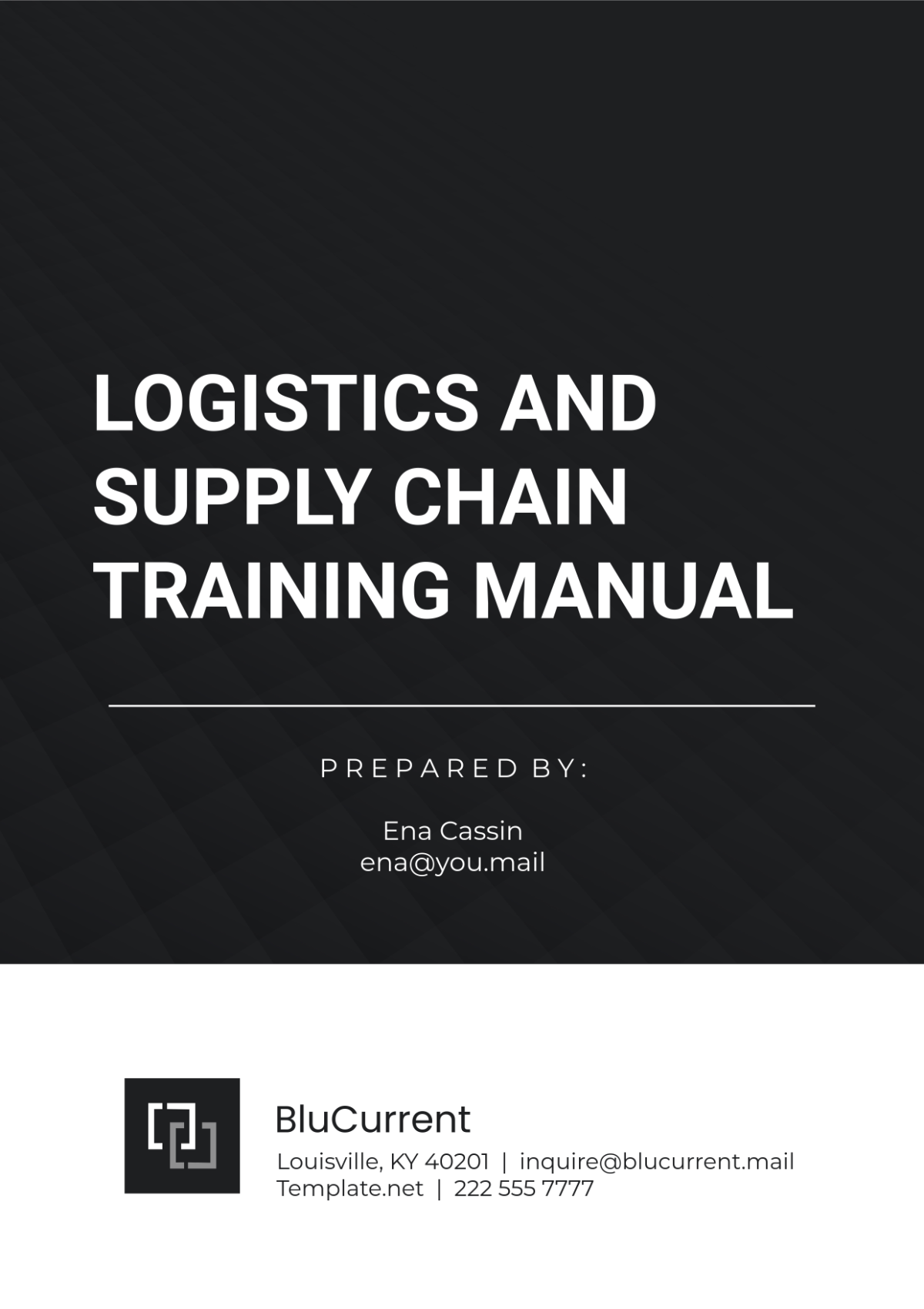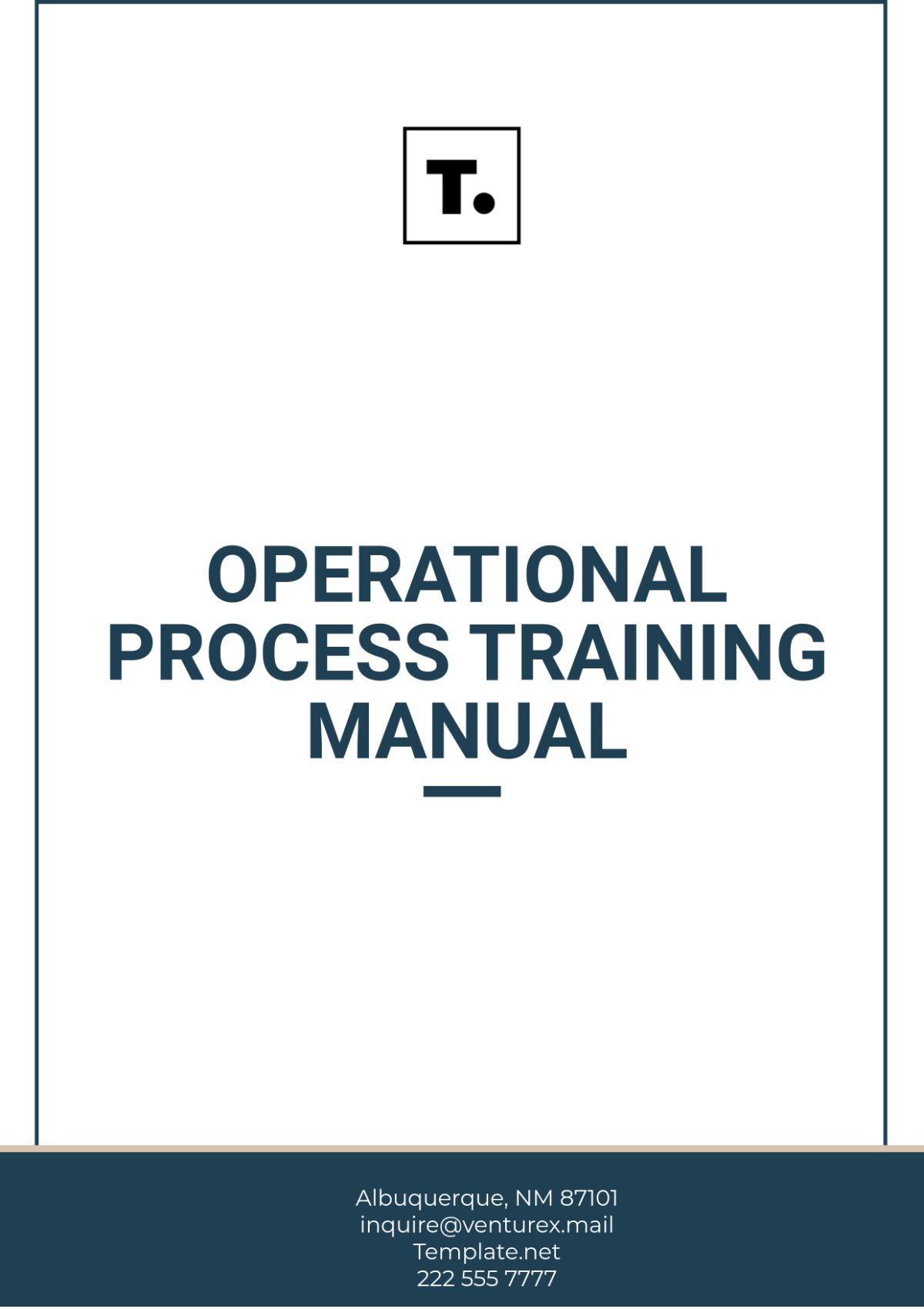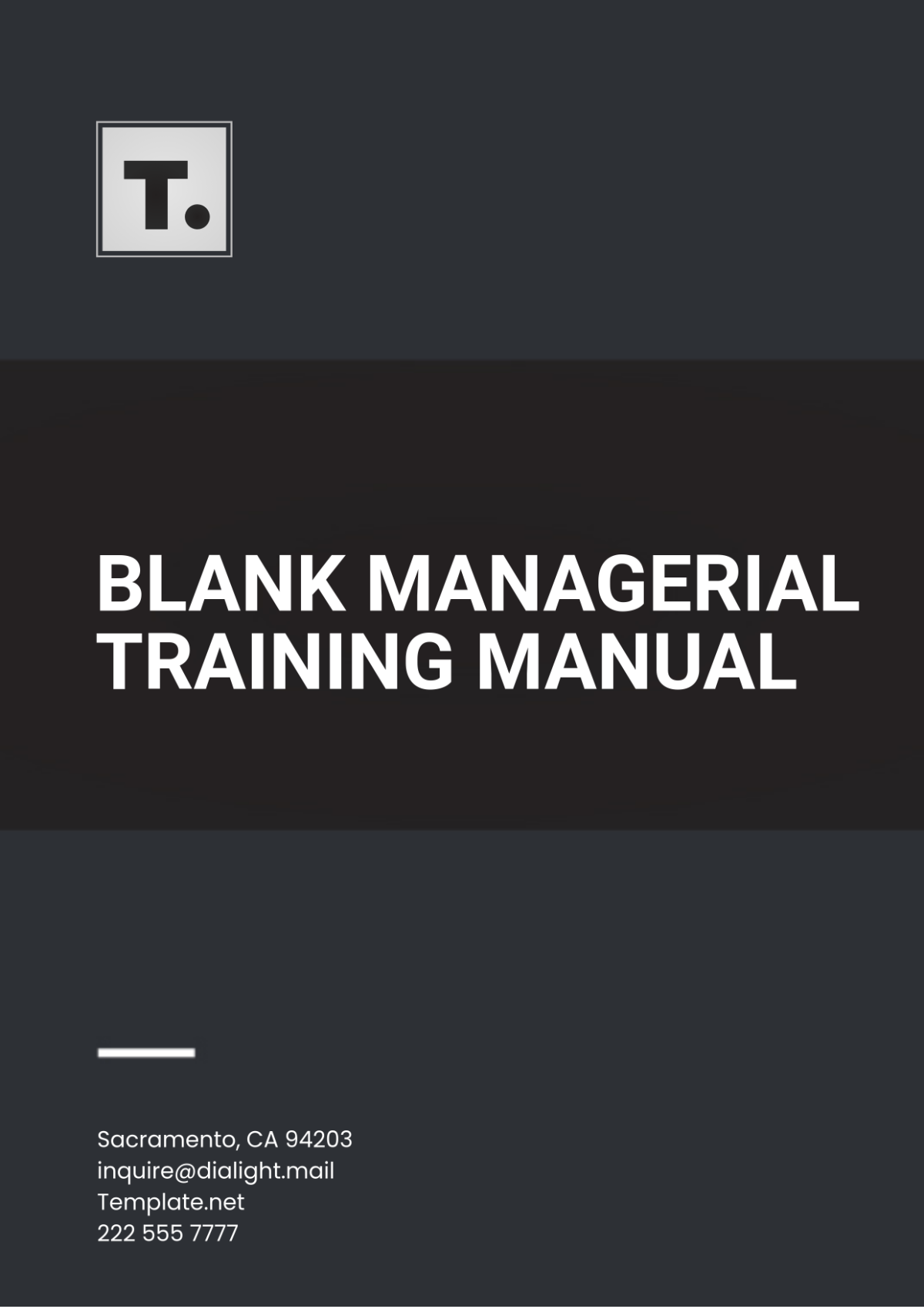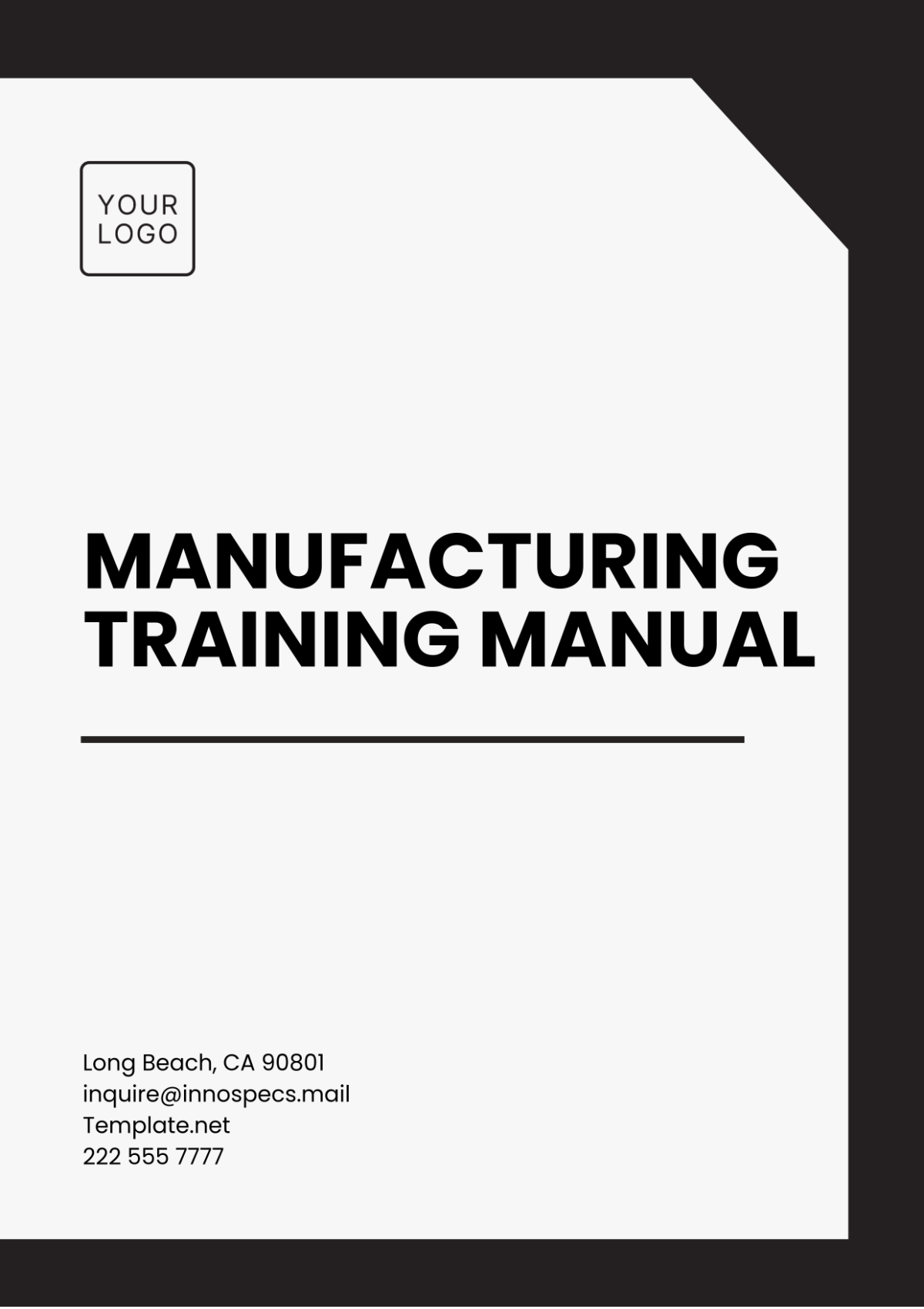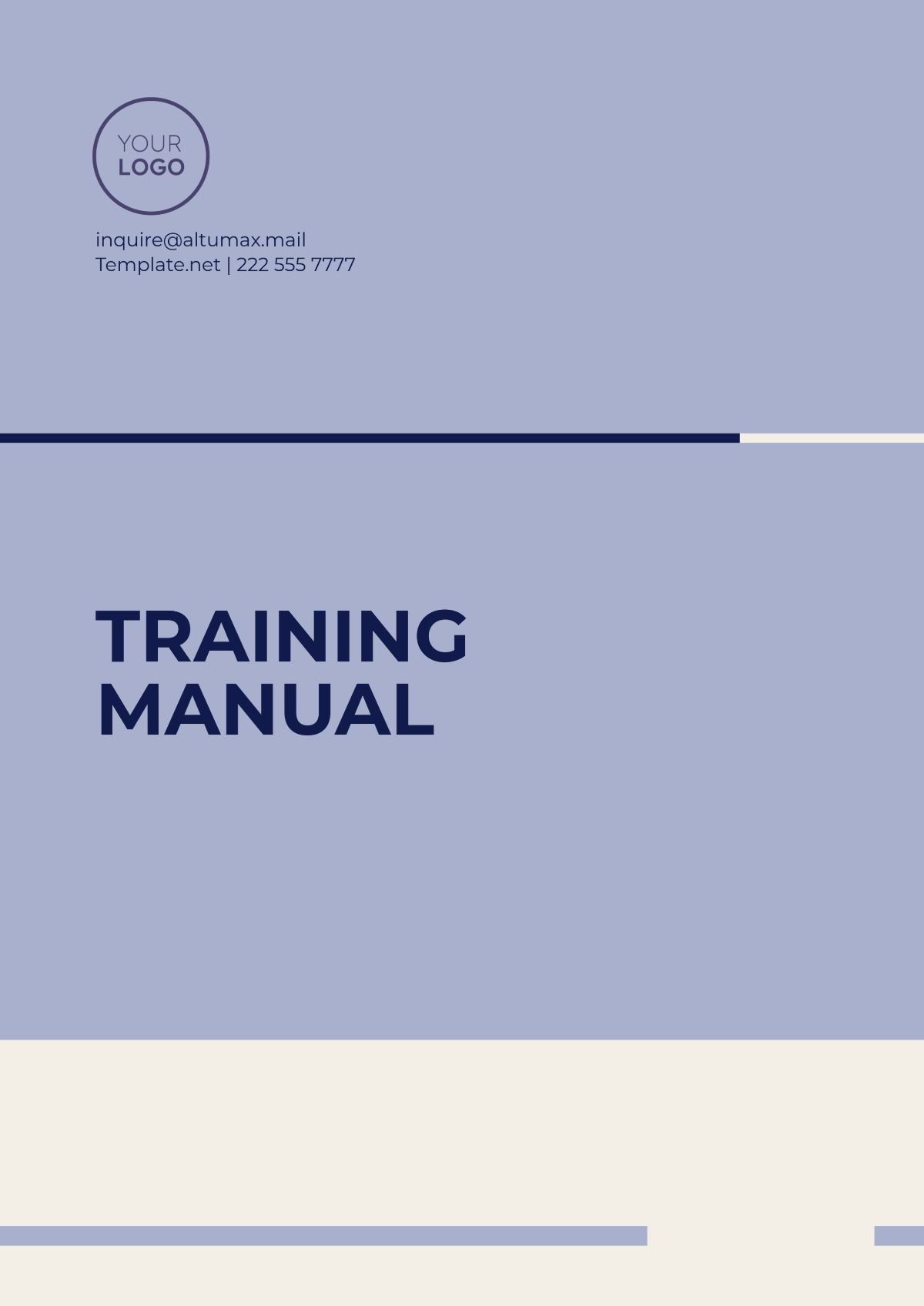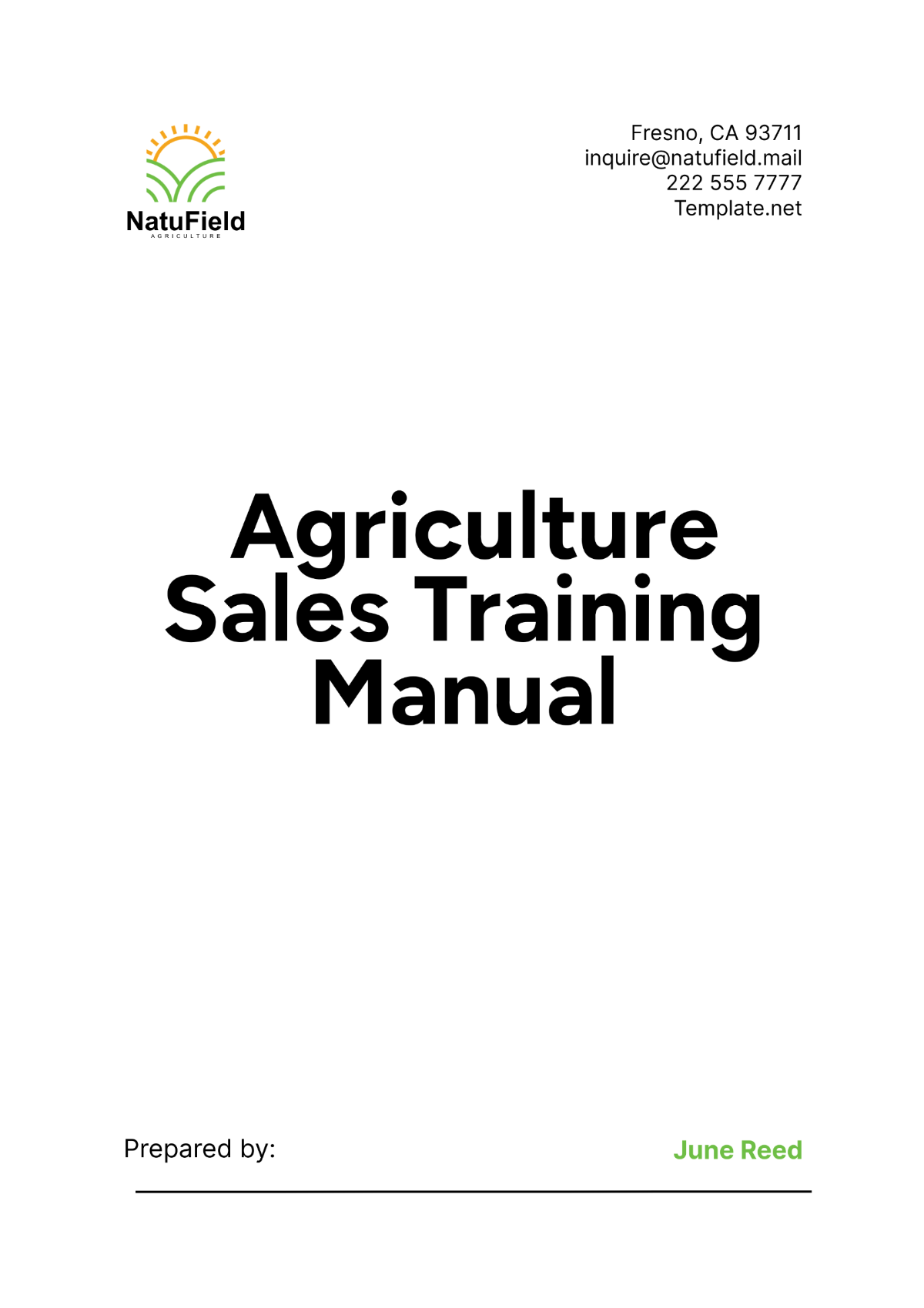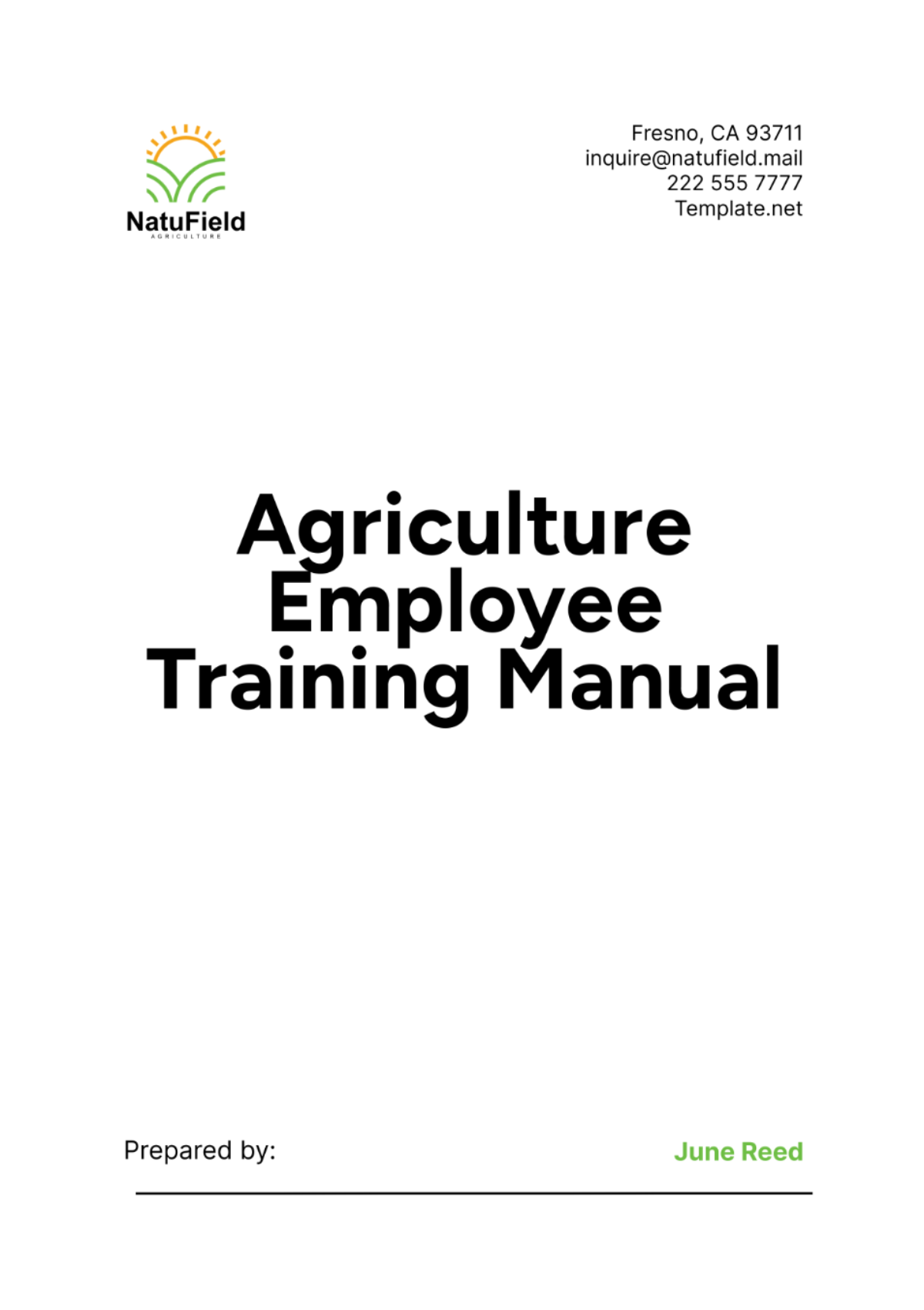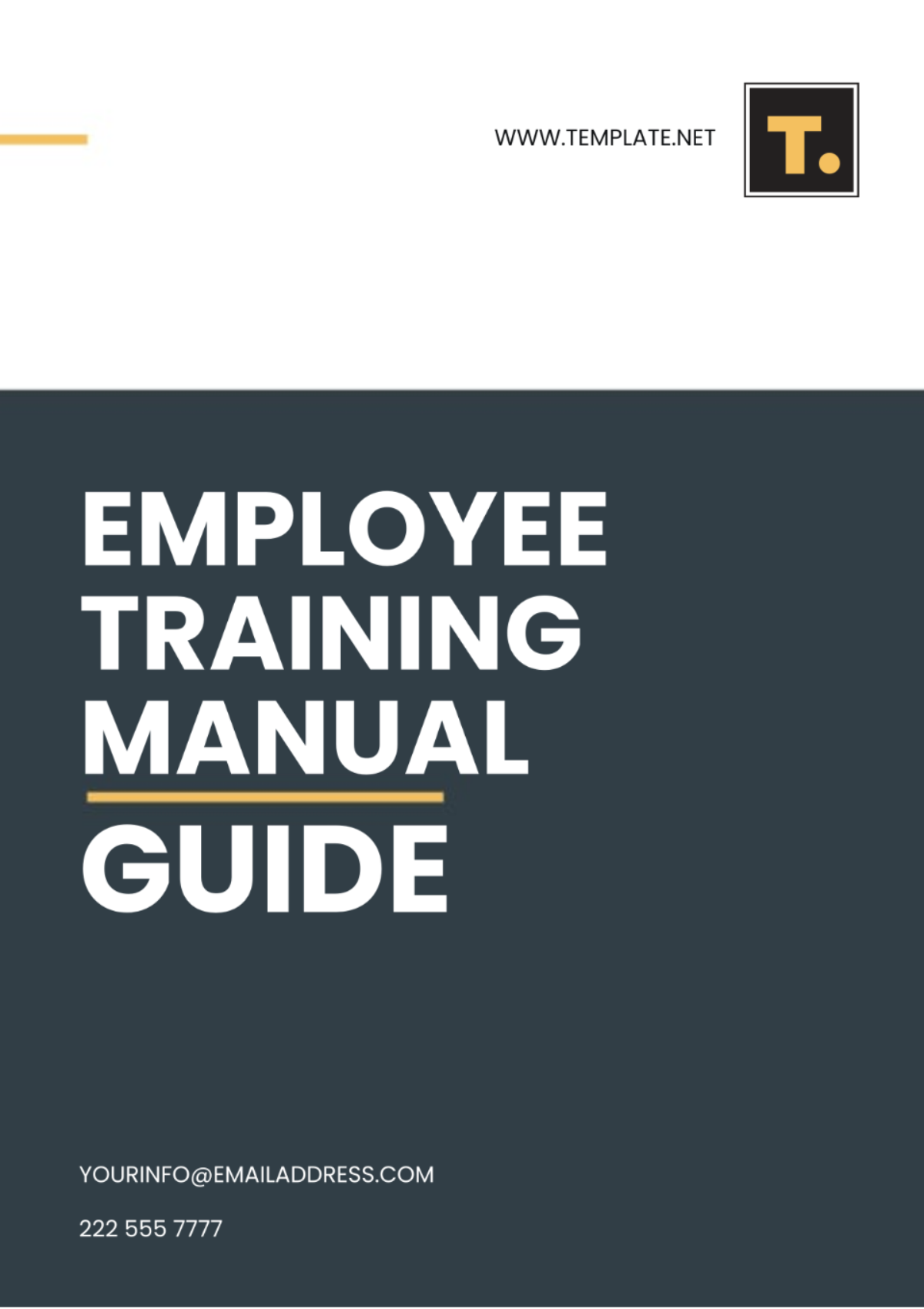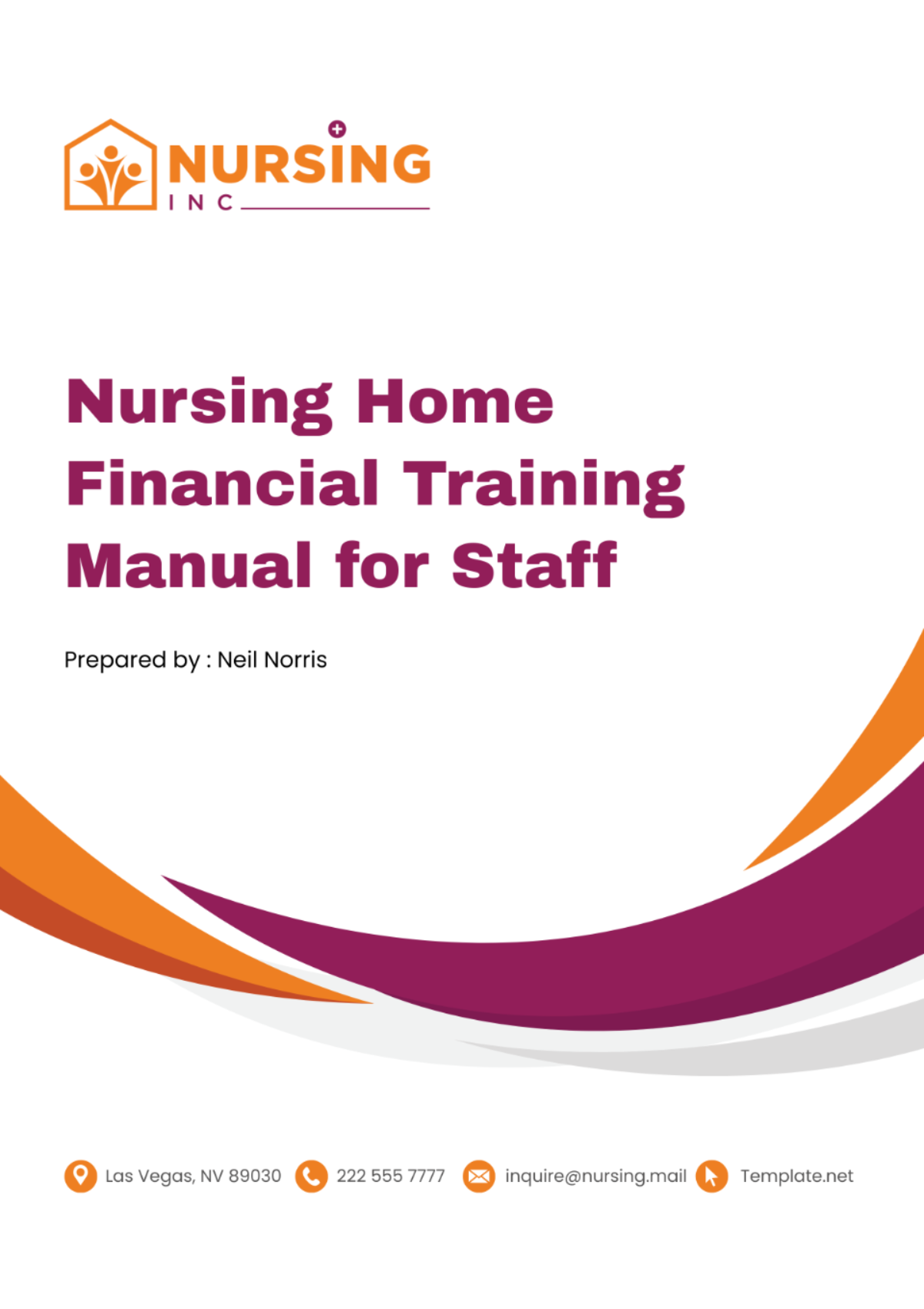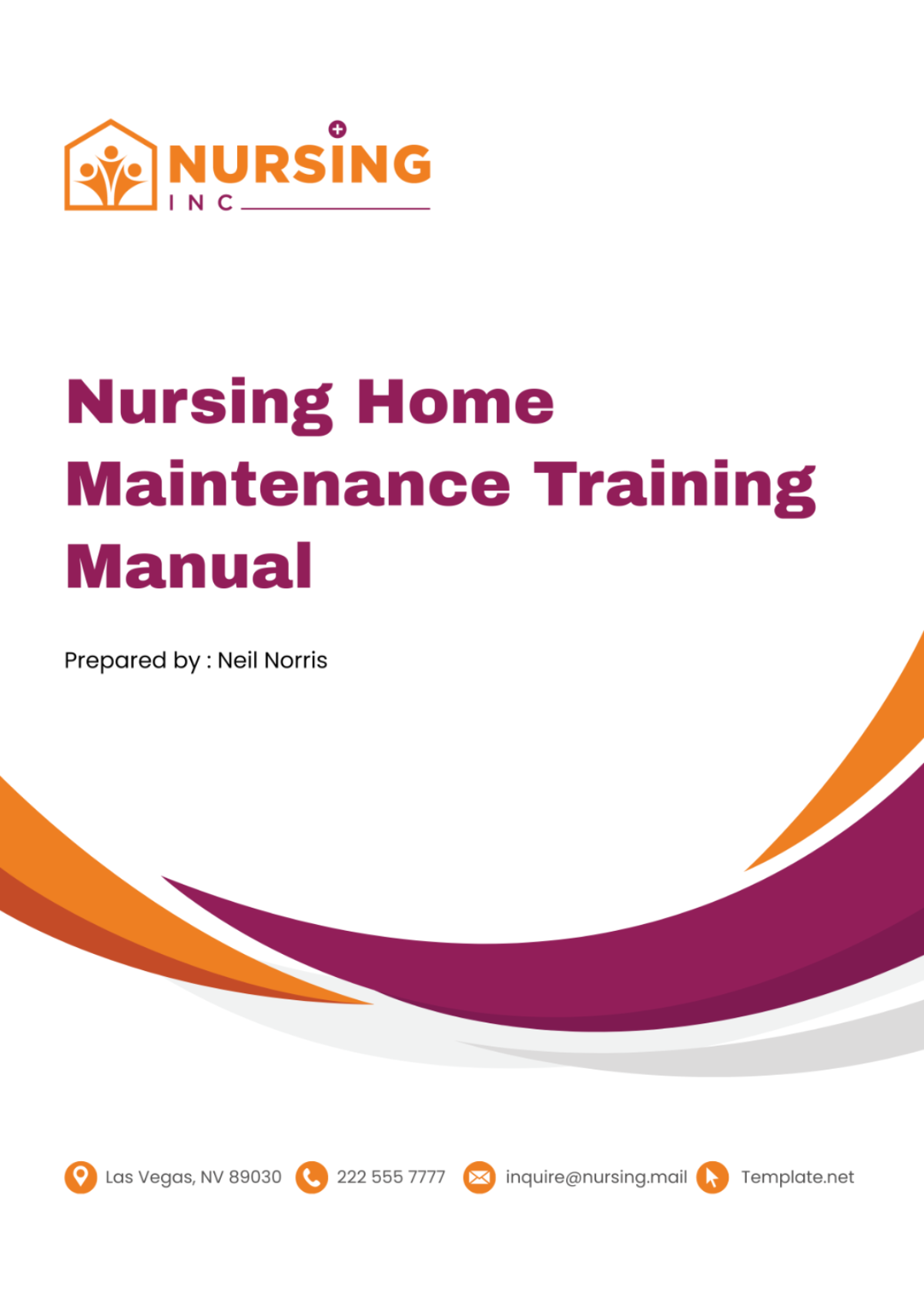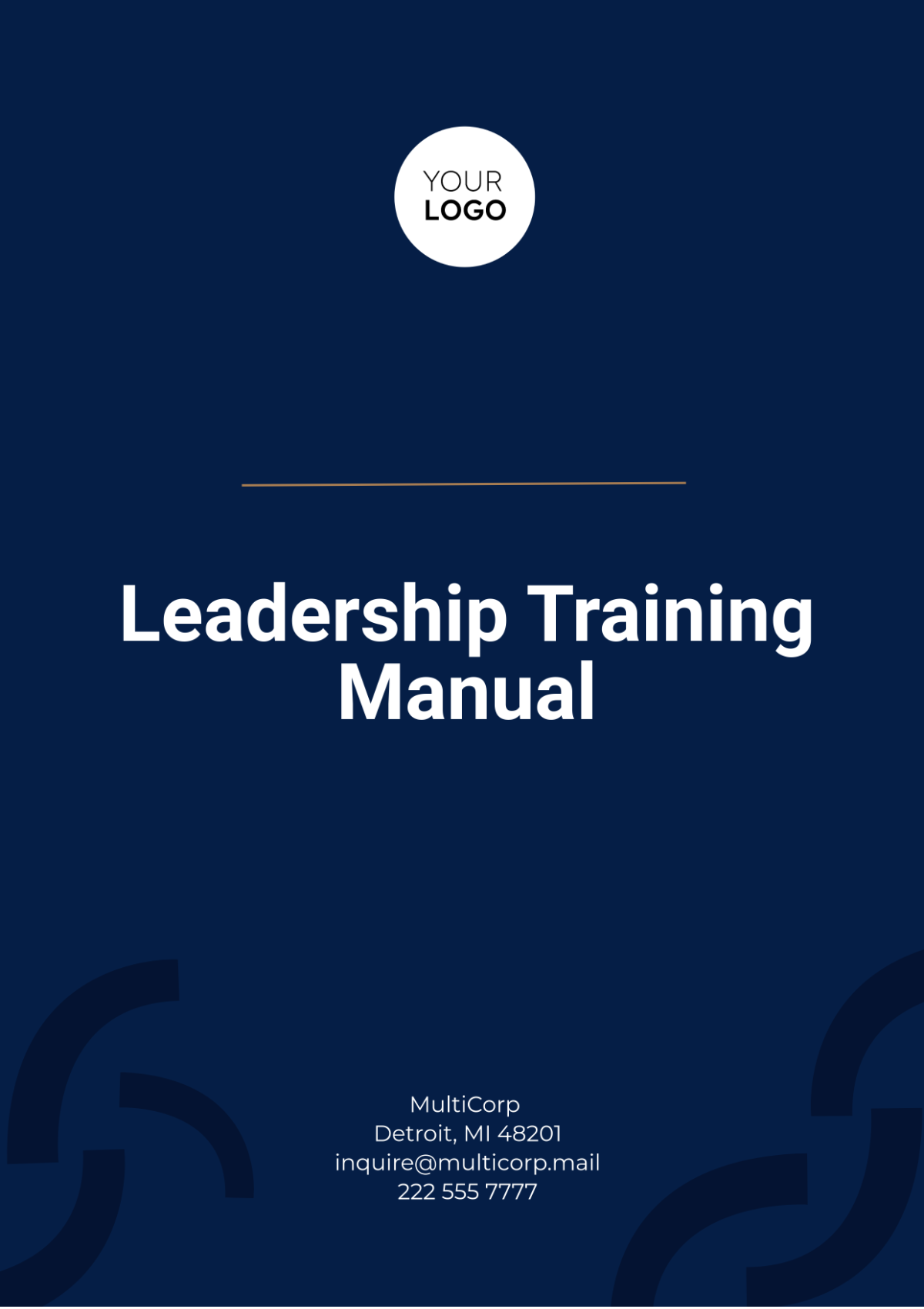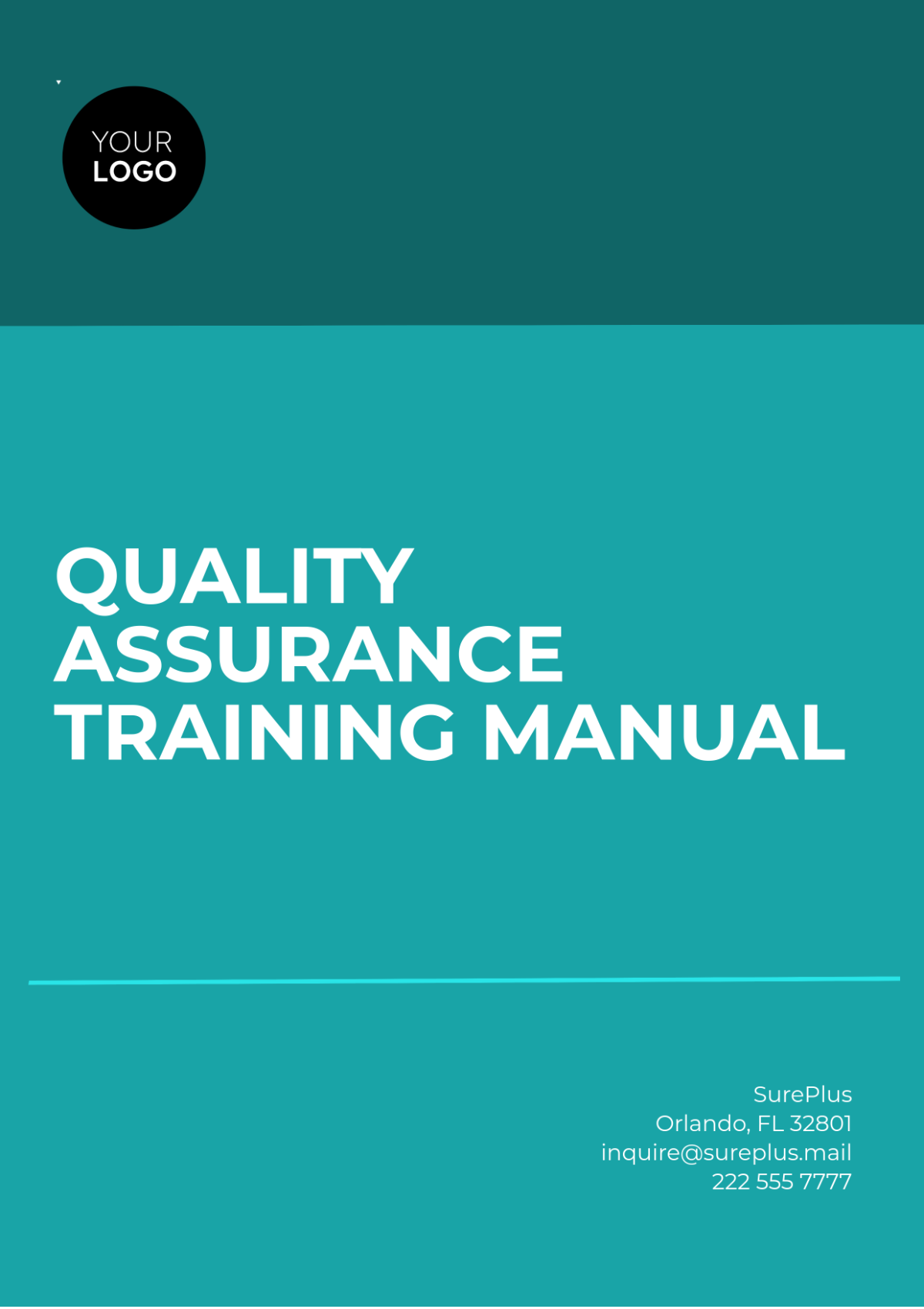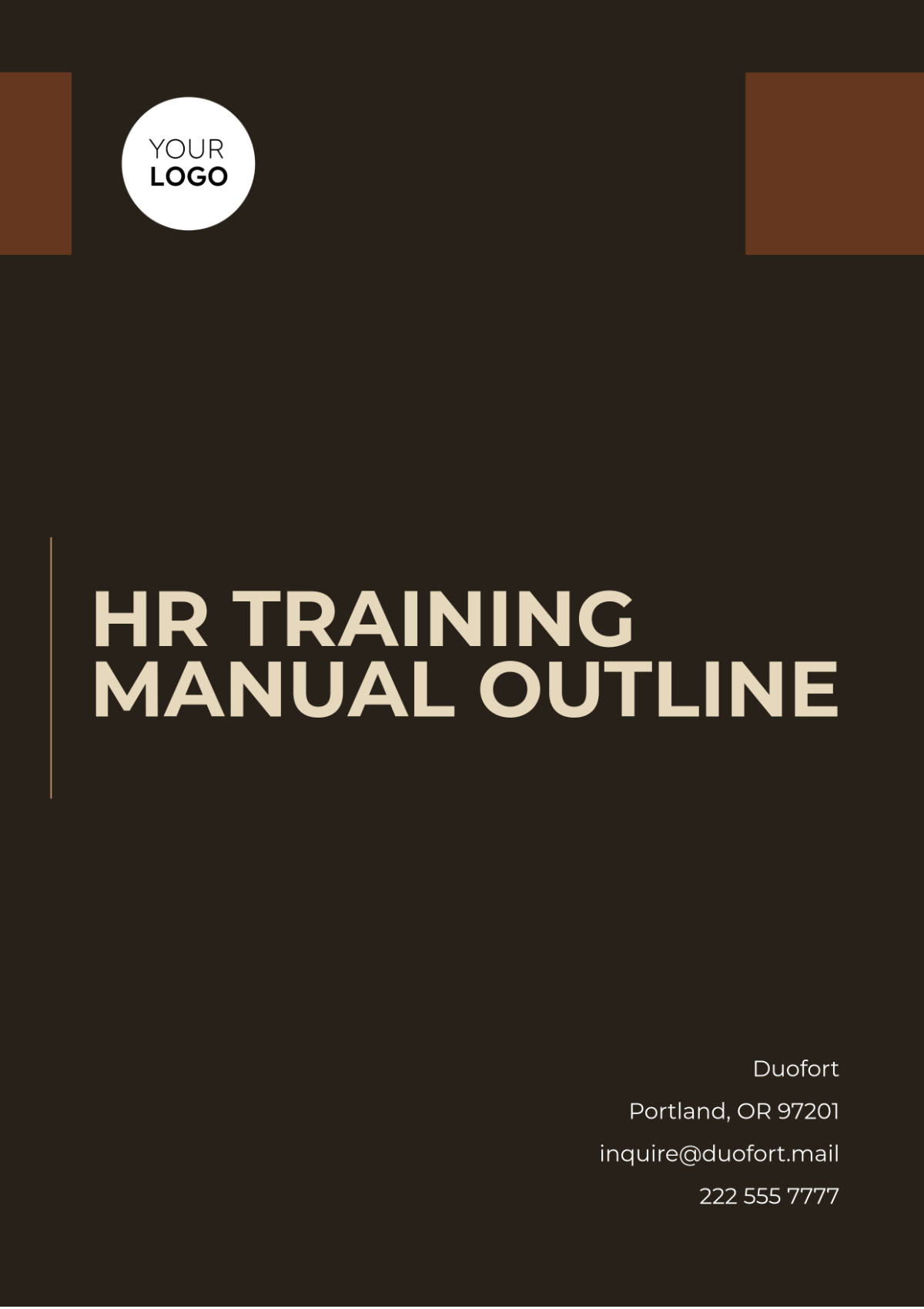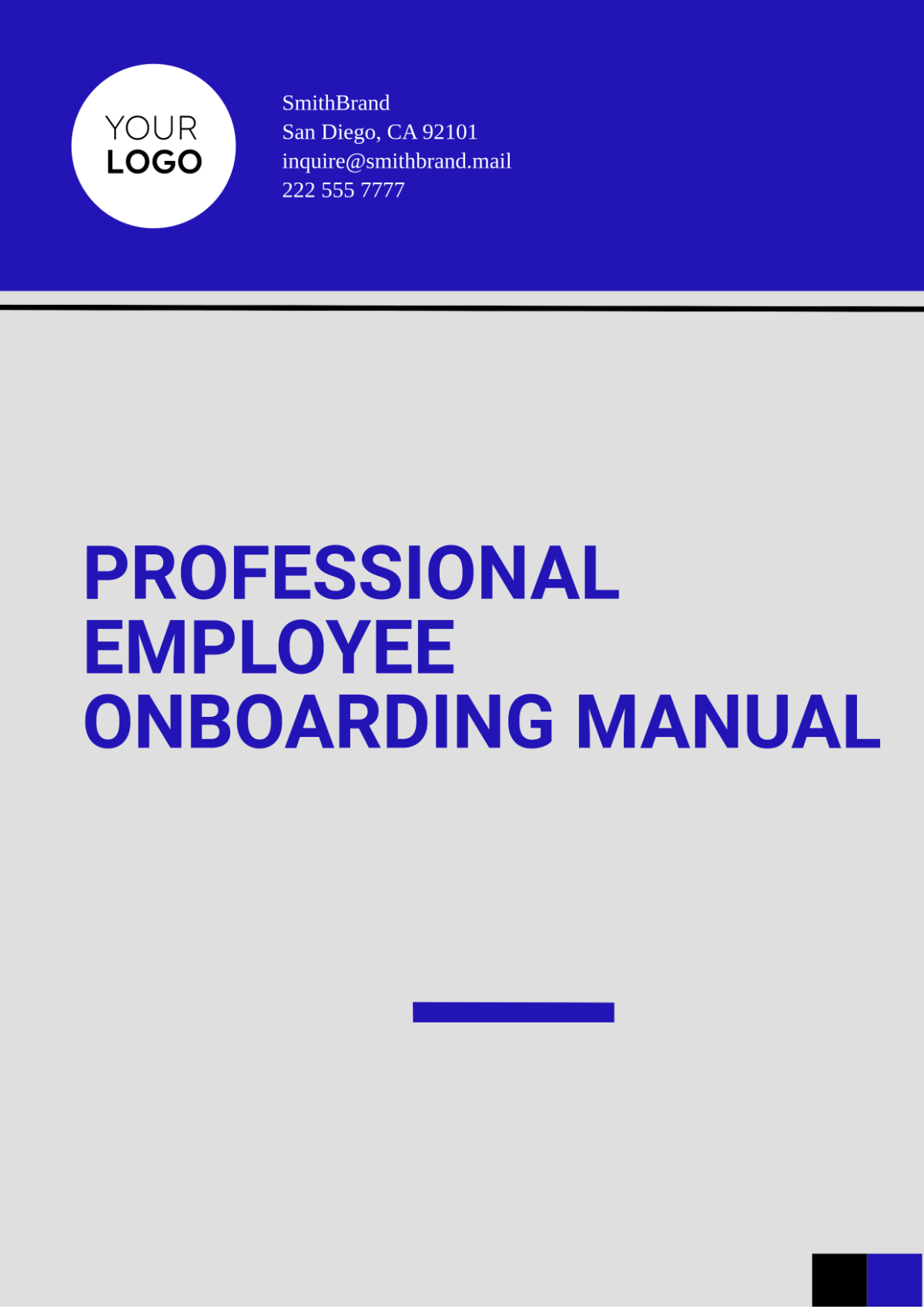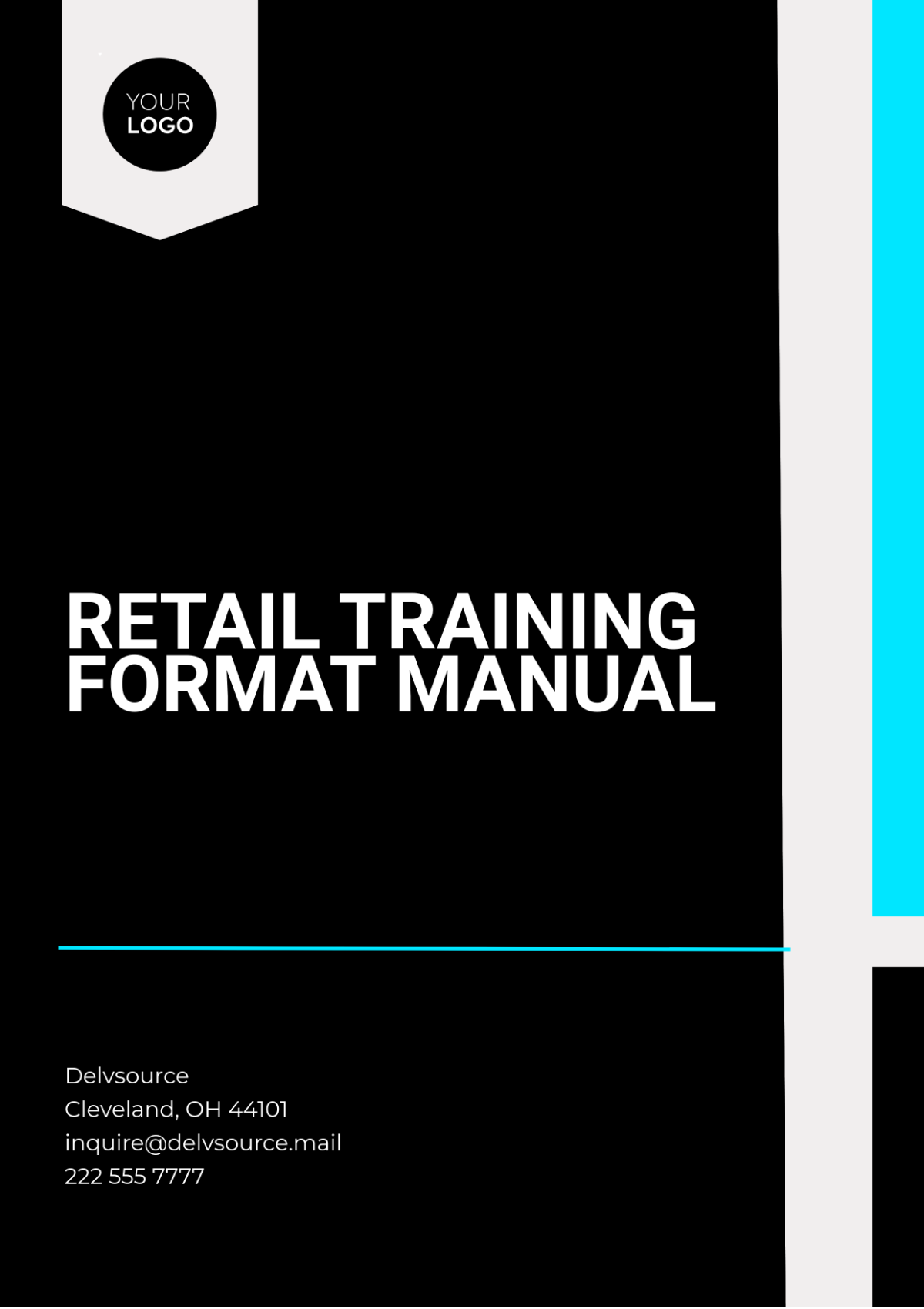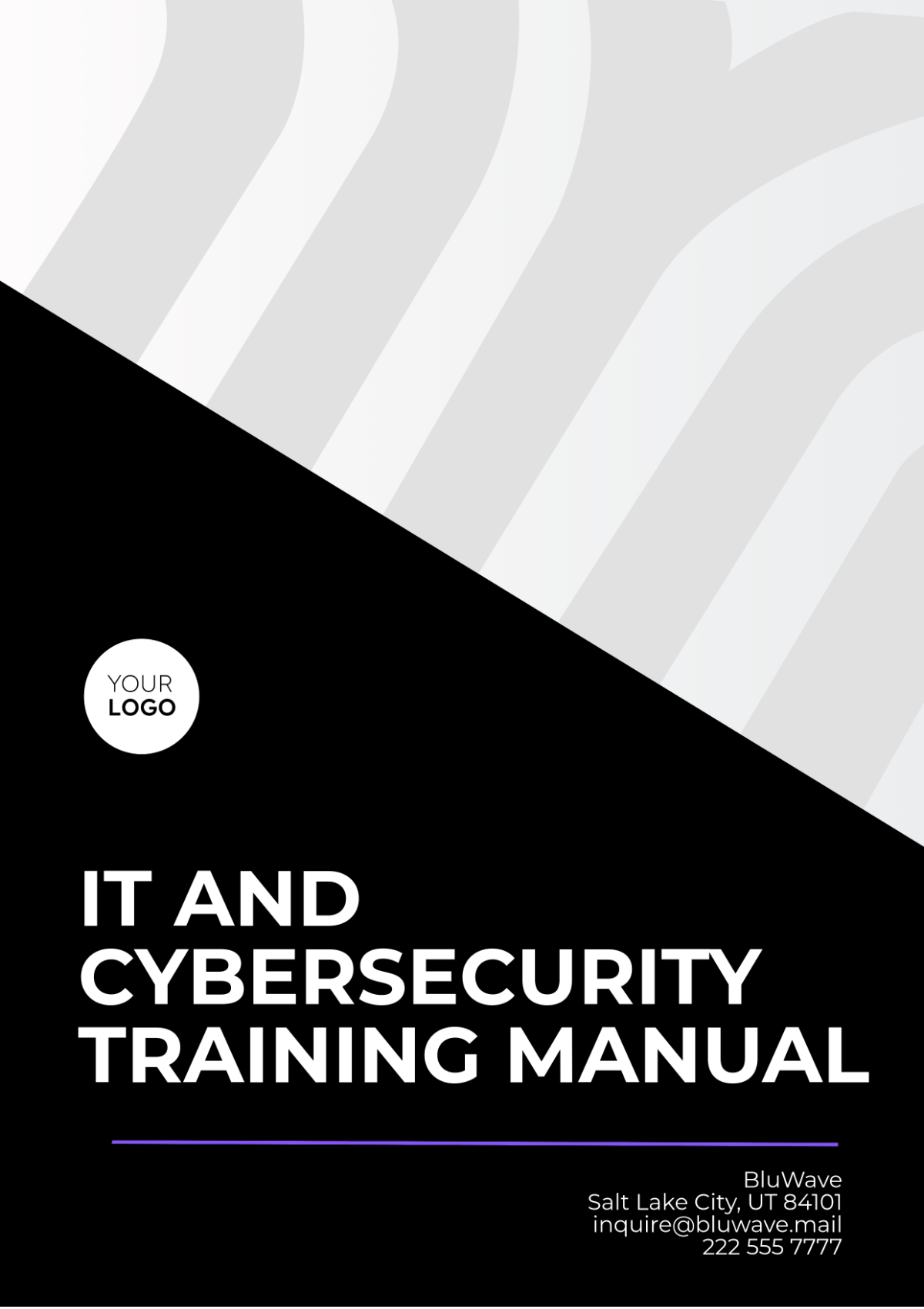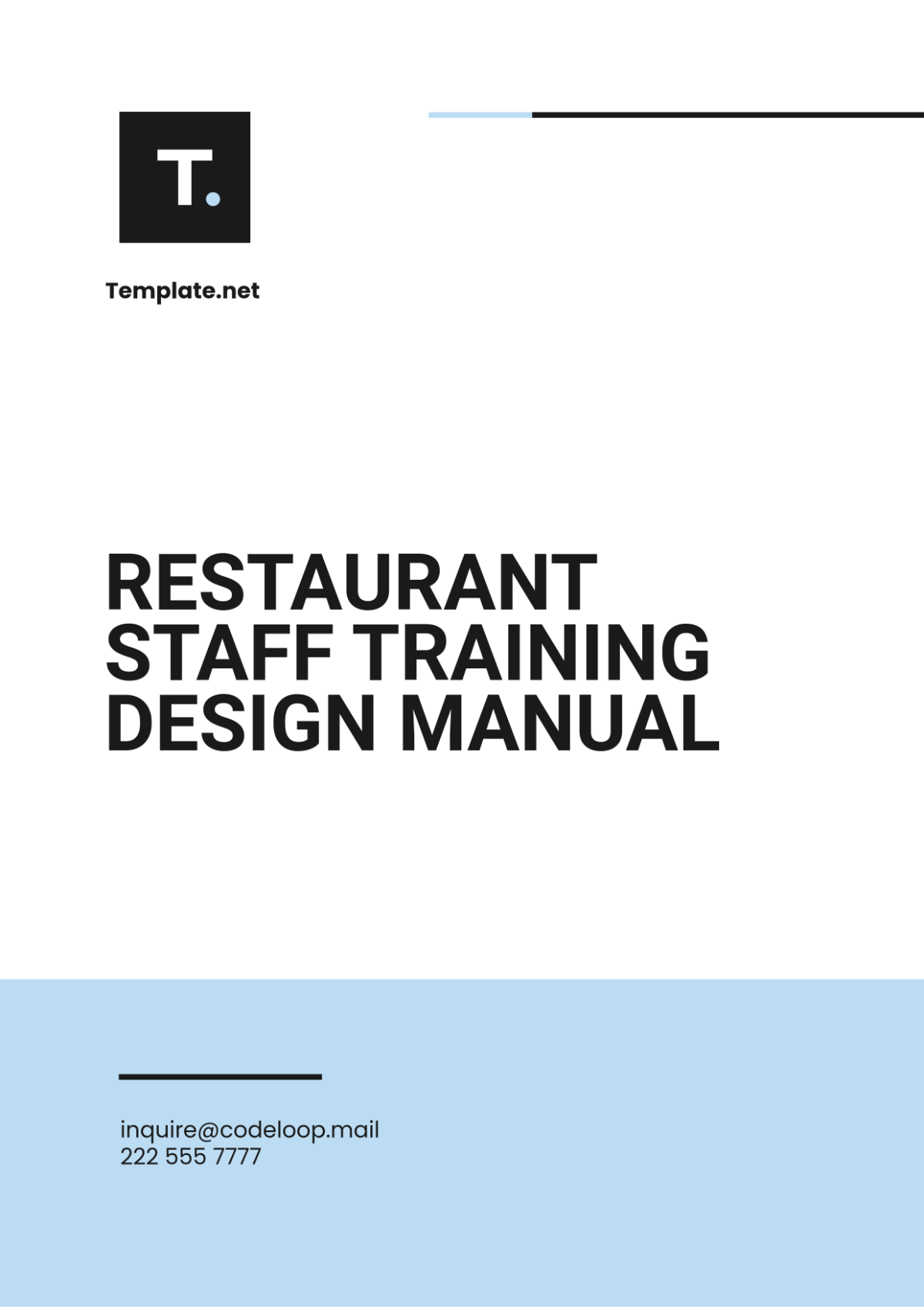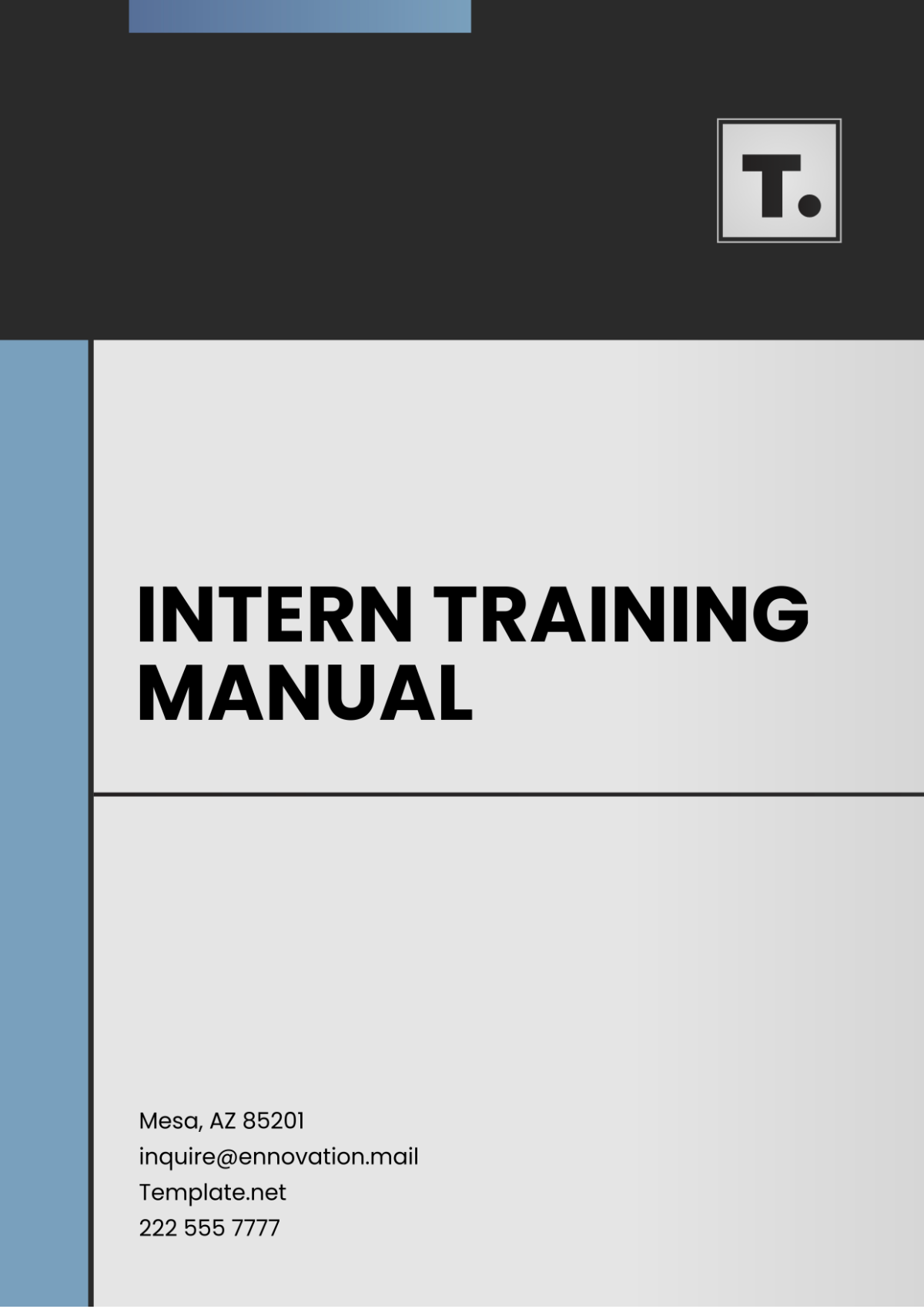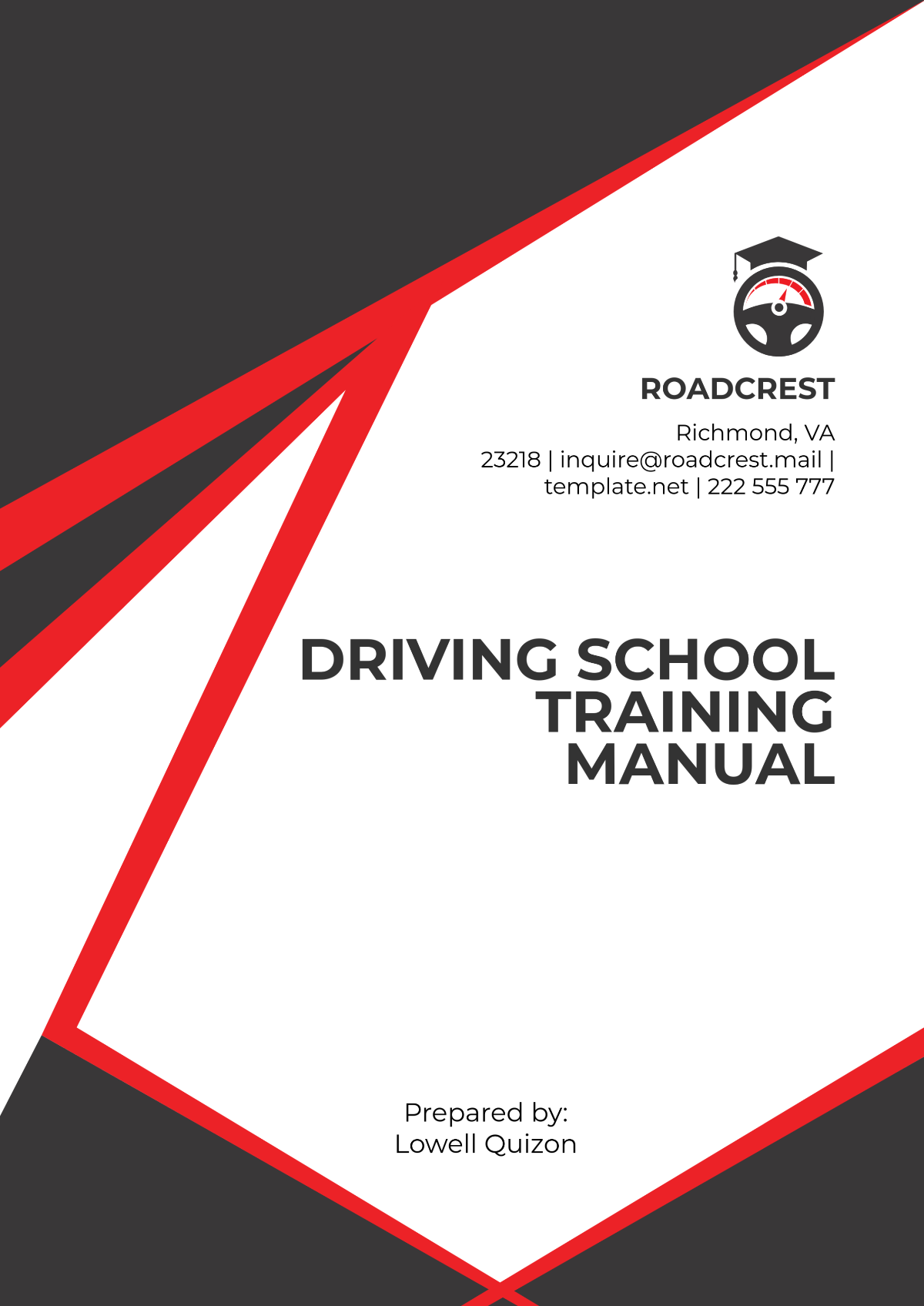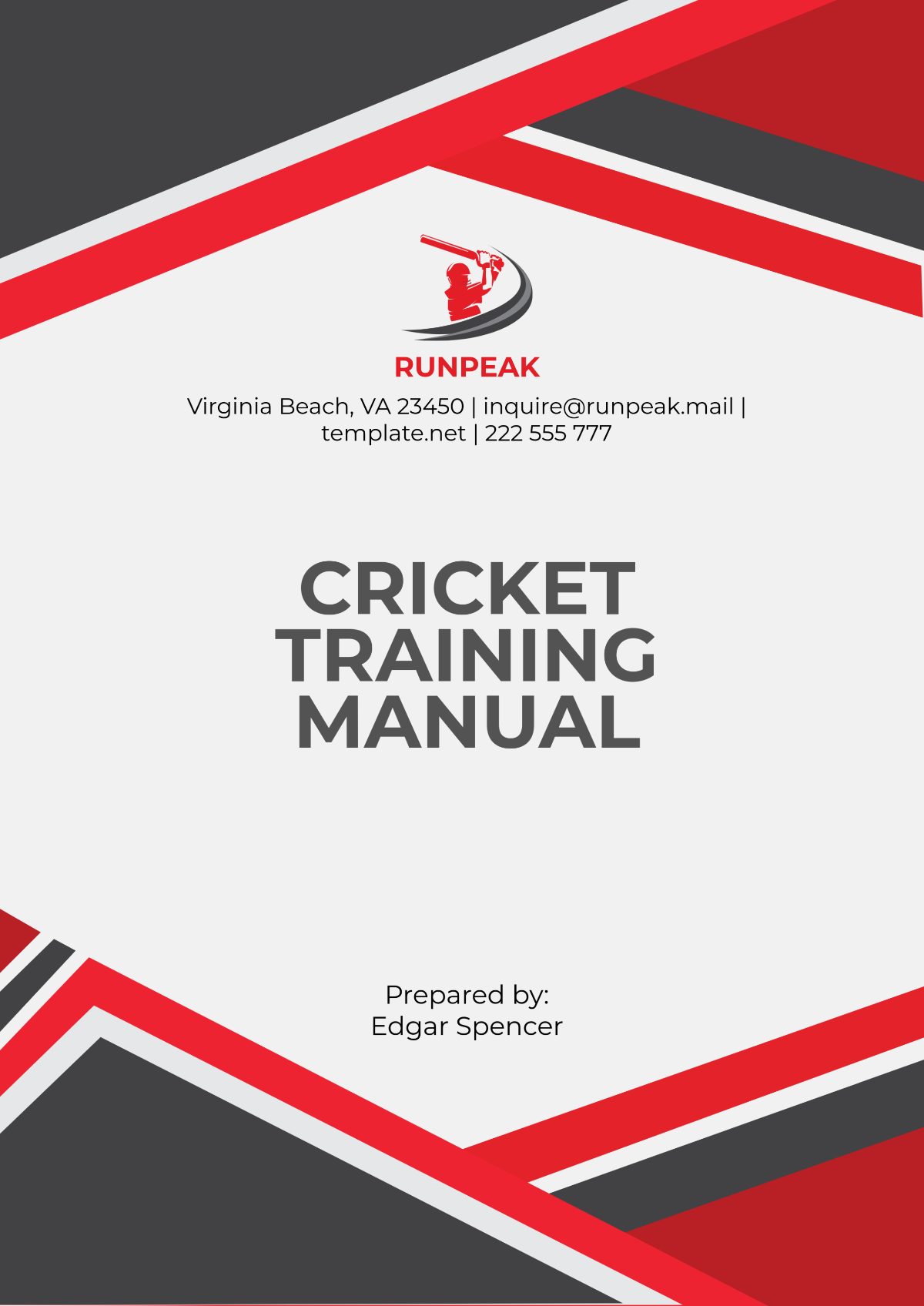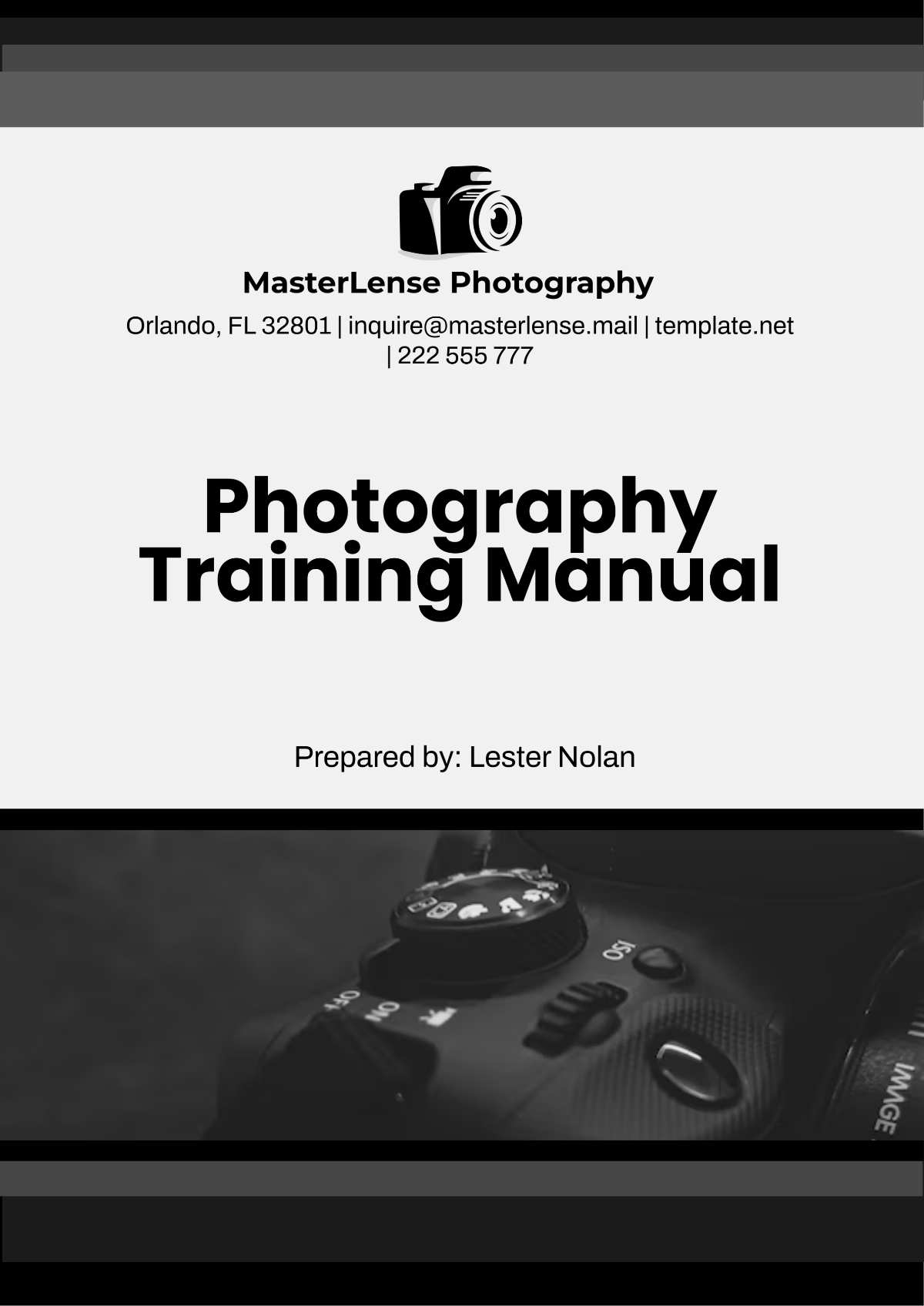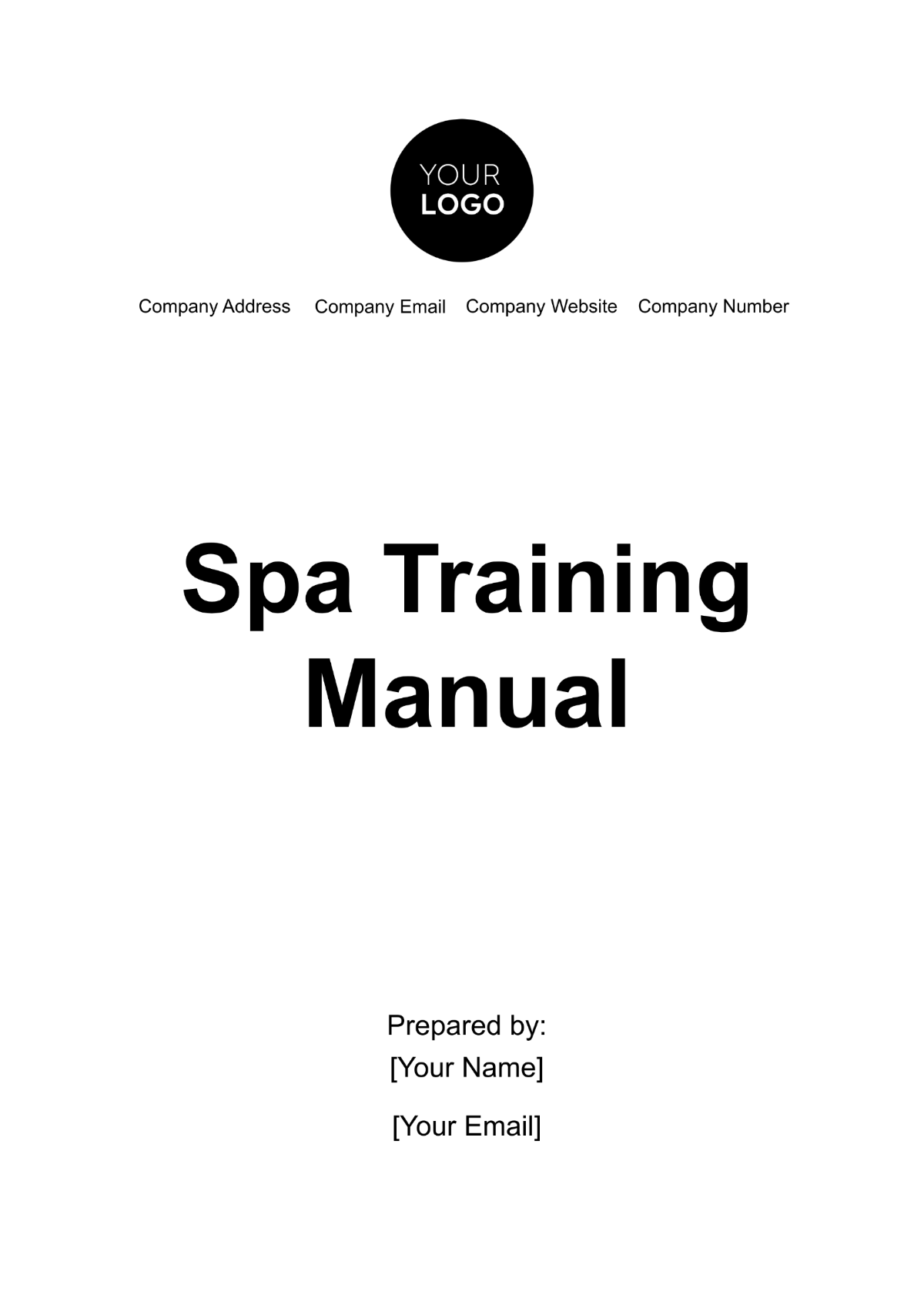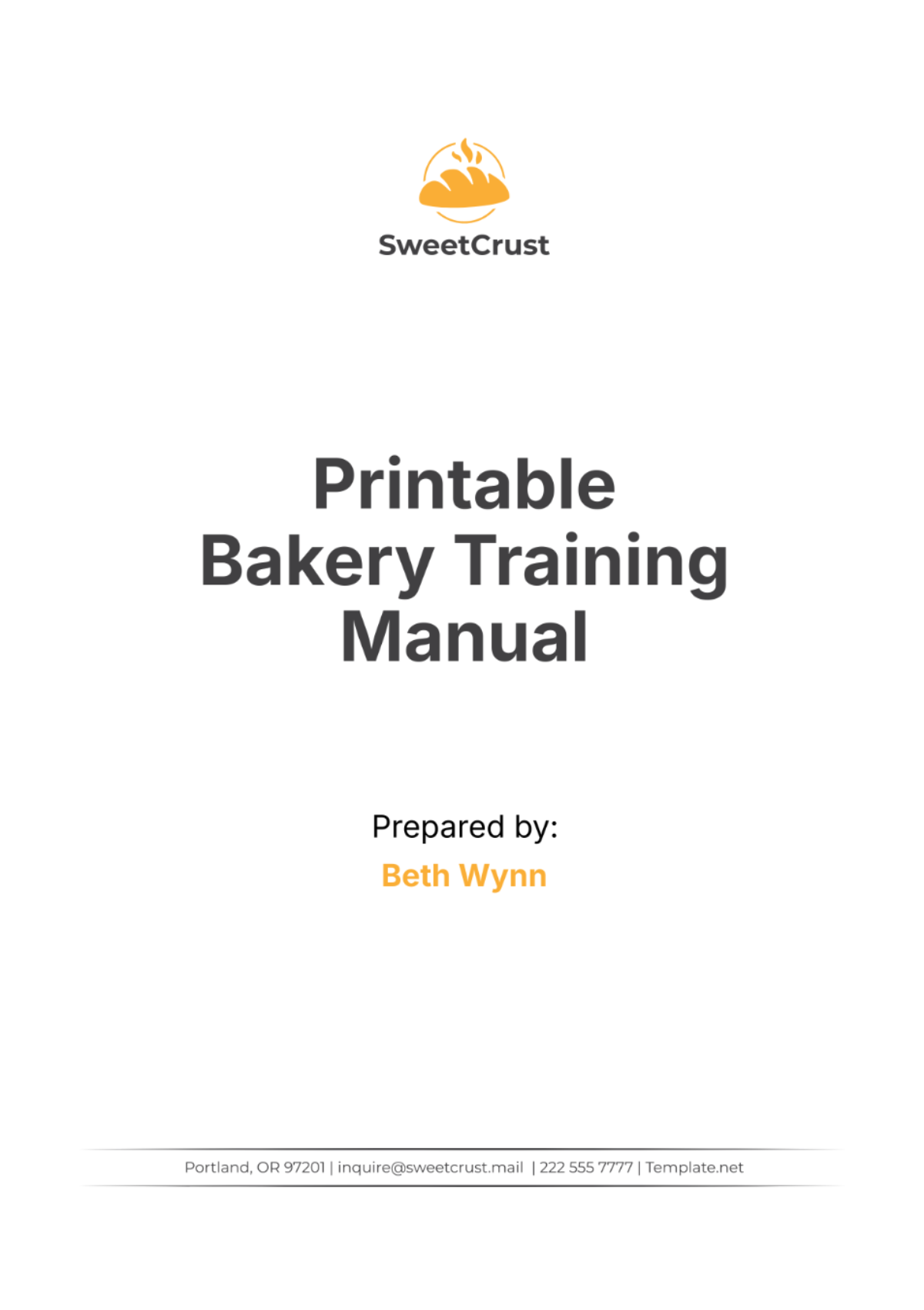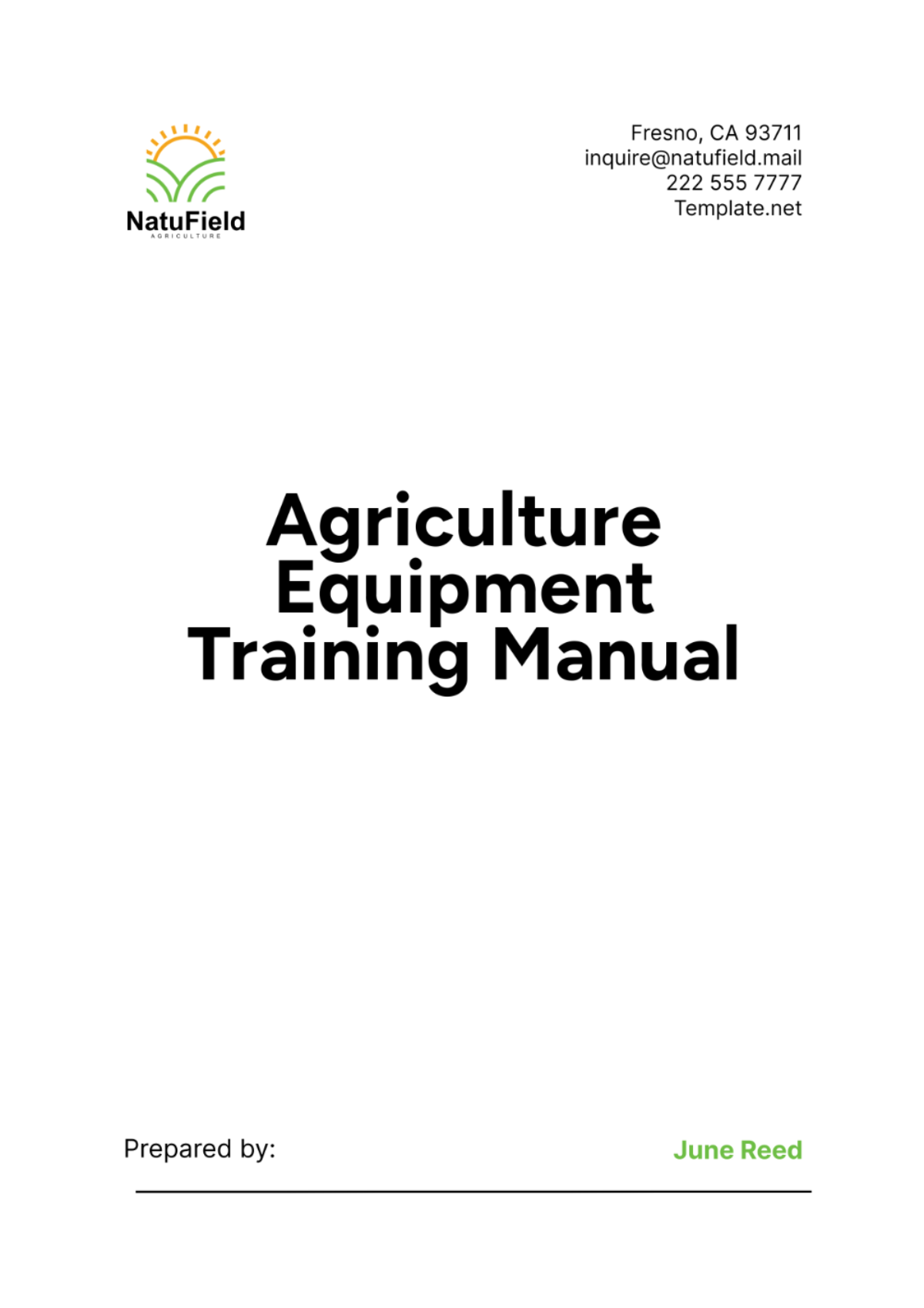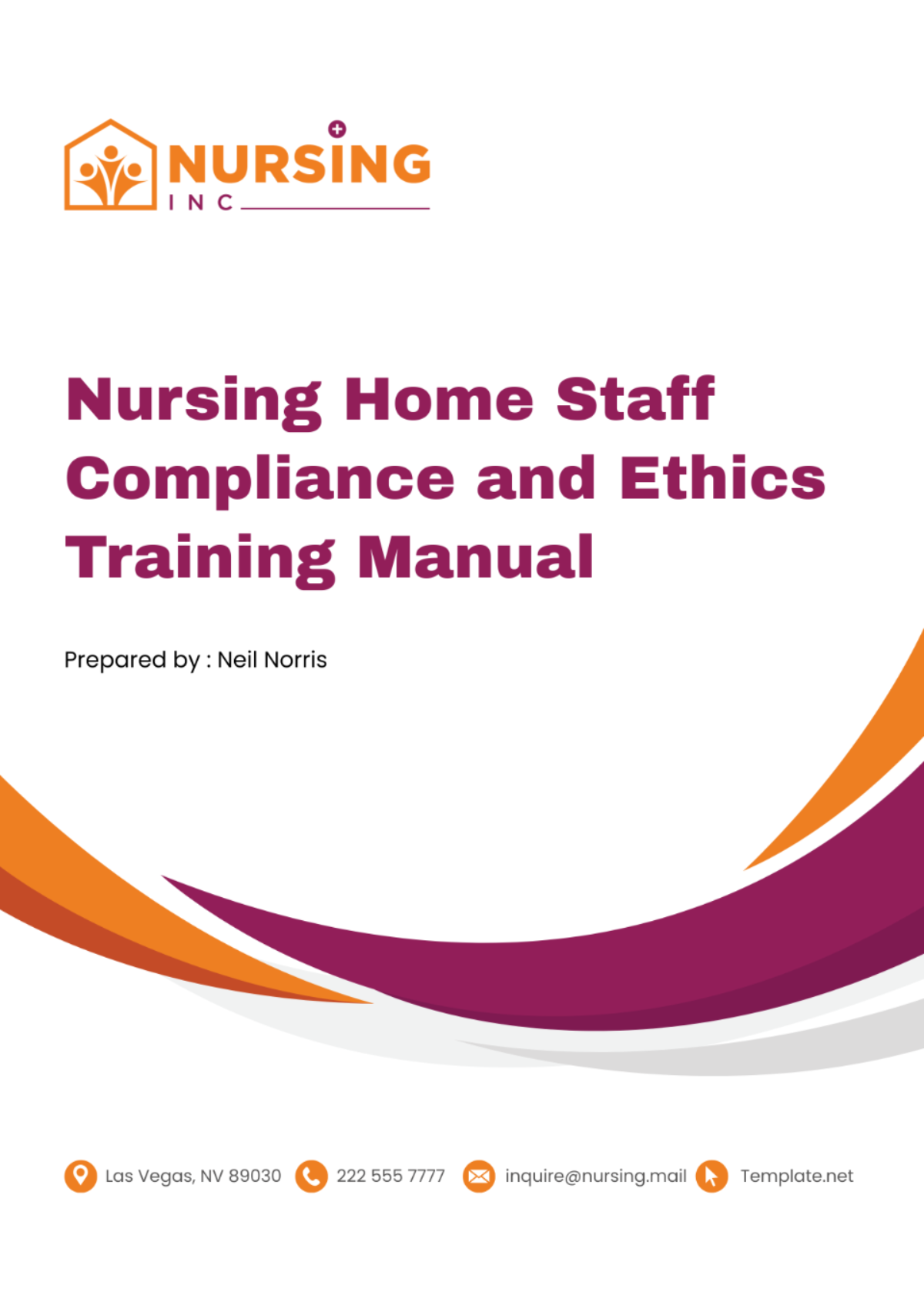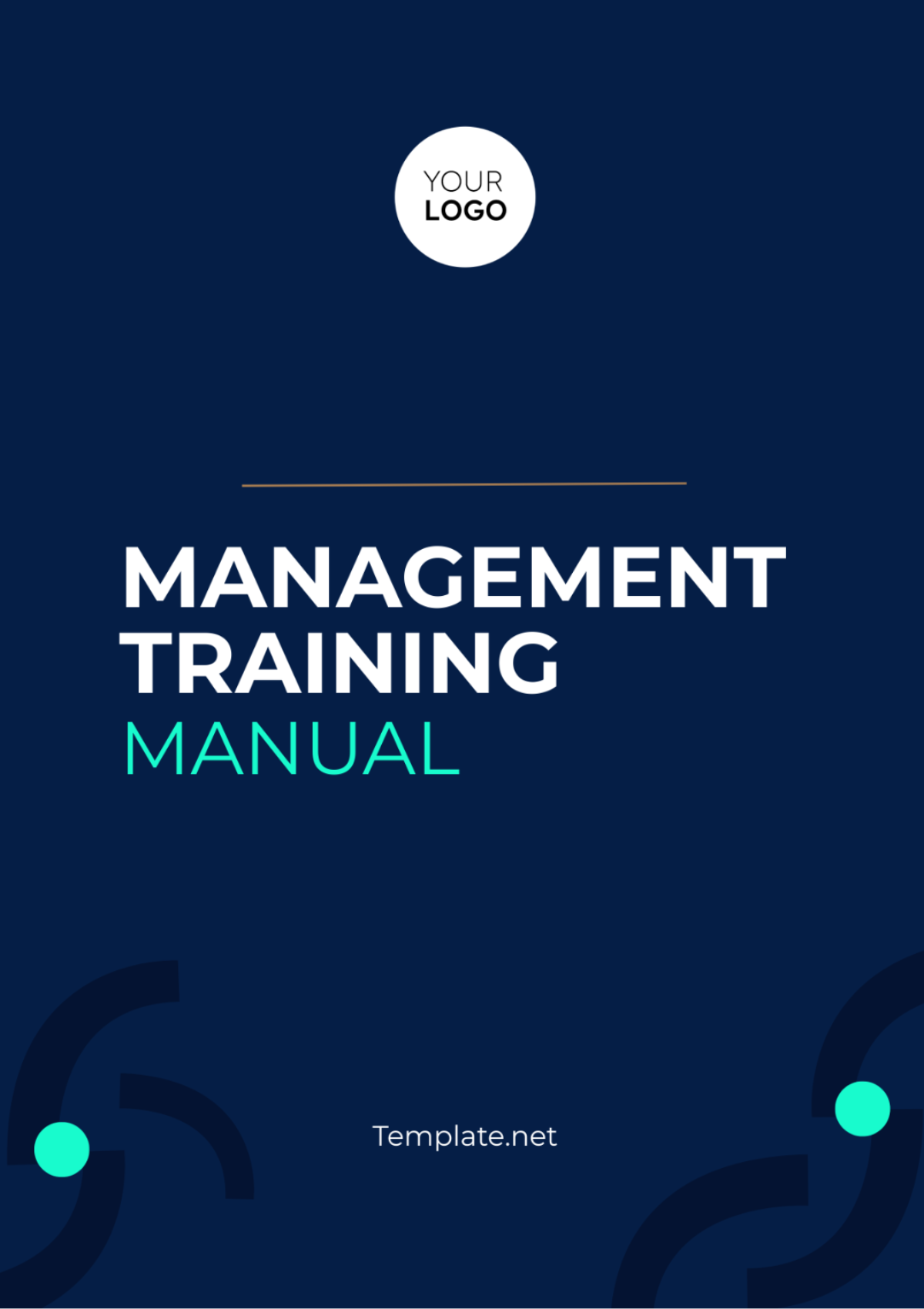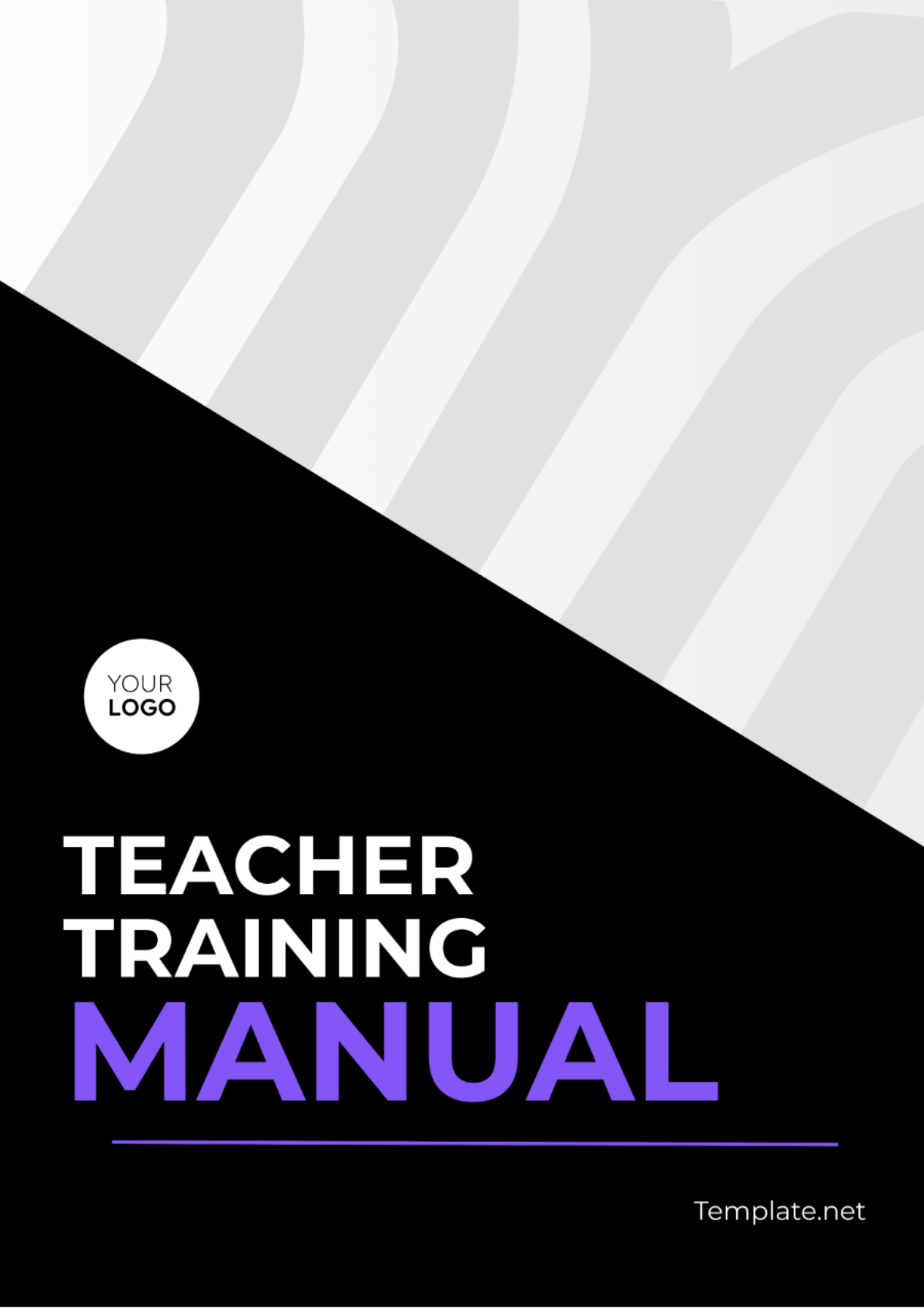Office Workshop Training Manual
Name: | Company: | Department: | Date: |
|---|---|---|---|
[YOUR NAME] | [YOUR COMPANY NAME] | [YOUR DEPARTMENT] | [CURRENT DATE] |
I. Introduction
In this section, we provide an overview of the office workshop training manual, outlining its purpose, objectives, and target audience. The [YOUR COMPANY NAME] Office Workshop Training Manual is designed to equip employees with the necessary skills and knowledge to thrive in a dynamic office environment. Whether you're a new hire or a seasoned employee seeking to refresh your skills, this manual serves as a comprehensive resource for enhancing productivity, fostering collaboration, and promoting professional growth.
Within this manual, you'll find a series of modules covering various aspects of office operations, communication strategies, and professional development. Each module is carefully crafted to deliver actionable insights, practical tips, and real-world examples to facilitate effective learning. By engaging in the training outlined in this manual, employees will gain the confidence and competence needed to excel in their roles and contribute to the success of [YOUR COMPANY NAME].
II. Office Policies and Procedures
This section outlines the policies and procedures governing office conduct, workflow management, and ethical standards. It covers essential topics such as:
Attendance and Punctuality: Describe policies regarding attendance and punctuality, including consequences for tardiness or absenteeism.
Confidentiality: Explain the importance of maintaining confidentiality in the workplace and outline procedures for handling sensitive information.
Code of Conduct: Define expected behaviors and ethical standards for employees, emphasizing respect, integrity, and professionalism.
Communication Guidelines: Provide guidelines for effective communication, including email etiquette, meeting protocols, and conflict resolution strategies.
Adhering to these policies and procedures is essential for maintaining a harmonious and productive work environment. By familiarizing themselves with these guidelines, employees can ensure compliance with company regulations and contribute to a positive organizational culture.
III. Office Tools and Technologies
In this section, we explore the various tools and technologies utilized in the office environment to streamline workflows, enhance productivity, and facilitate collaboration. Topics covered include:
Email Management: Offer tips for managing email effectively, organizing inboxes, and prioritizing messages for efficient communication.
Document Management Systems: Introduce document management systems used in the office and provide guidance on file organization, version control, and document sharing.
Project Management Software: Discuss project management software solutions employed by the company, highlighting key features and best practices for project collaboration and task tracking.
Collaboration Tools: Explore collaboration tools such as video conferencing platforms, instant messaging applications, and cloud-based storage solutions, emphasizing their role in fostering teamwork and remote collaboration.
By mastering these tools and technologies, employees can optimize their workflow, streamline communication, and maximize productivity in the office setting.
IV. Professional Development
This section focuses on fostering continuous learning and professional growth among employees. It includes modules on:
Skill Development: Identify key competencies required for success in the workplace and offer resources for skill development and enhancement.
Career Advancement: Provide guidance on setting career goals, seeking mentorship opportunities, and advancing within the organization through training and development initiatives.
Networking: Highlight the importance of networking for career growth and offer strategies for building professional relationships, attending industry events, and leveraging social media platforms for networking purposes.
Performance Reviews: Explain the performance review process, including goal setting, feedback mechanisms, and strategies for self-assessment and improvement.
By investing in their professional development, employees can unlock their full potential, pursue career advancement opportunities, and contribute to the long-term success of [YOUR COMPANY NAME].
V. Health and Safety
This section emphasizes the importance of maintaining a safe and healthy work environment for all employees. It includes information on:
Occupational Health and Safety Regulations: Outline relevant regulations and guidelines governing workplace safety, including emergency procedures, hazard identification, and safety training requirements.
Ergonomics: Provide tips for setting up ergonomic workstations to prevent musculoskeletal injuries and promote employee well-being. Discuss proper posture, workstation layout, and the importance of taking regular breaks.
First Aid Procedures: Detail procedures for responding to medical emergencies, including the location of first aid kits, emergency contacts, and steps to take in the event of an injury or illness.
Wellness Programs: Highlight the importance of employee wellness initiatives, such as stress management workshops, fitness challenges, and mental health resources available within the organization.
By prioritizing health and safety in the workplace, employees can minimize the risk of accidents and injuries, leading to a more productive and engaged workforce.
VI. Diversity and Inclusion
This section addresses the significance of fostering a diverse and inclusive workplace culture. It covers topics such as:
Diversity Awareness: Educate employees on the value of diversity and the benefits of embracing different perspectives, backgrounds, and experiences.
Inclusive Practices: Provide strategies for creating an inclusive work environment, including unconscious bias training, inclusive language guidelines, and accommodation policies for employees with disabilities.
Promoting Equity: Discuss initiatives aimed at promoting equity and fairness in the workplace, such as pay equity audits, diversity recruitment efforts, and leadership development programs for underrepresented groups.
Celebrating Differences: Encourage employees to celebrate cultural diversity and recognize the contributions of individuals from all backgrounds through events, cultural awareness training, and employee resource groups.
By embracing diversity and inclusion, [YOUR COMPANY NAME] can foster innovation, enhance employee morale, and attract top talent from diverse backgrounds.
VII. Conclusion
In conclusion, the [YOUR COMPANY NAME] Office Workshop Training Manual serves as a comprehensive resource for employees seeking to enhance their skills, foster collaboration, and contribute to the success of the organization. By engaging in the training outlined in this manual, employees can develop the knowledge, skills, and mindset needed to thrive in a dynamic office environment.
We encourage all employees to utilize this manual as a guide for professional development and continuous learning. By investing in their growth and development, employees can unlock their full potential and contribute to a culture of excellence at [YOUR COMPANY NAME].
Thank you for your commitment to excellence and dedication to continuous improvement. Together, we can achieve great things and drive [YOUR COMPANY NAME] forward in its mission.
